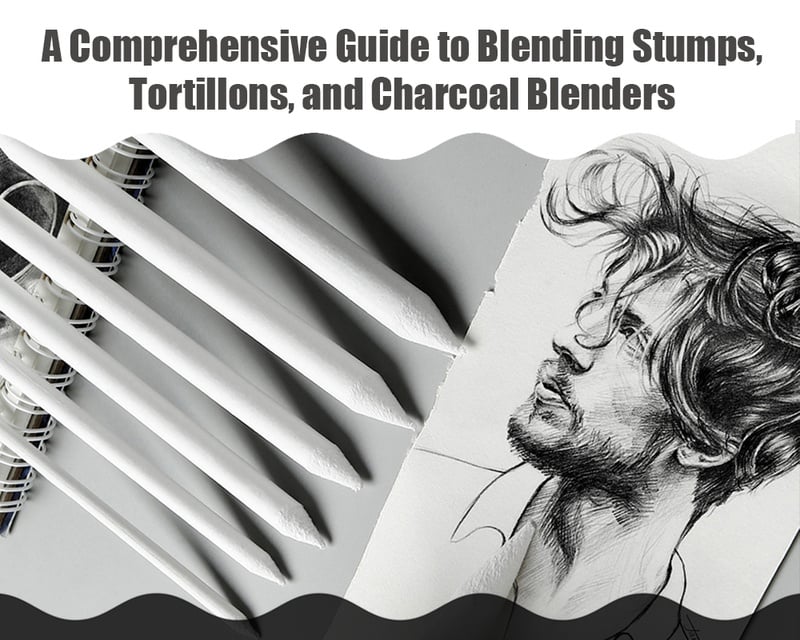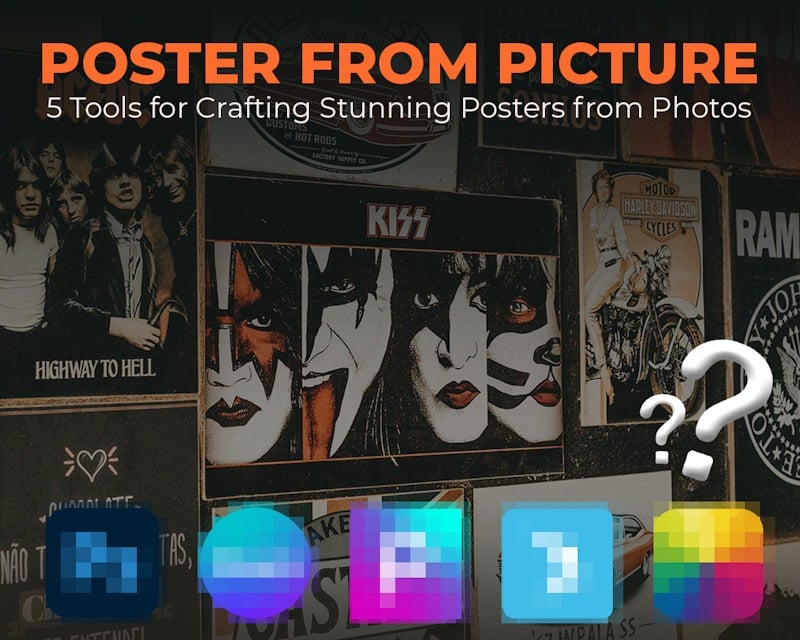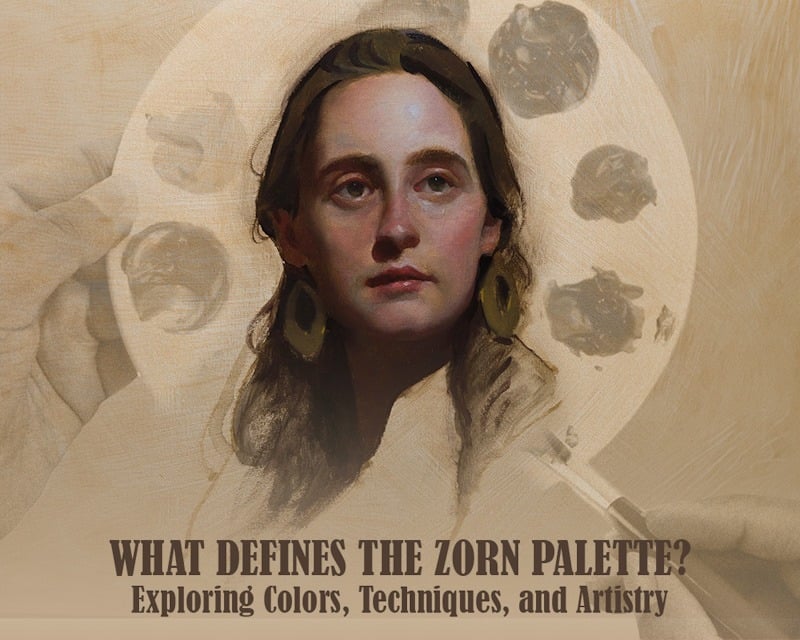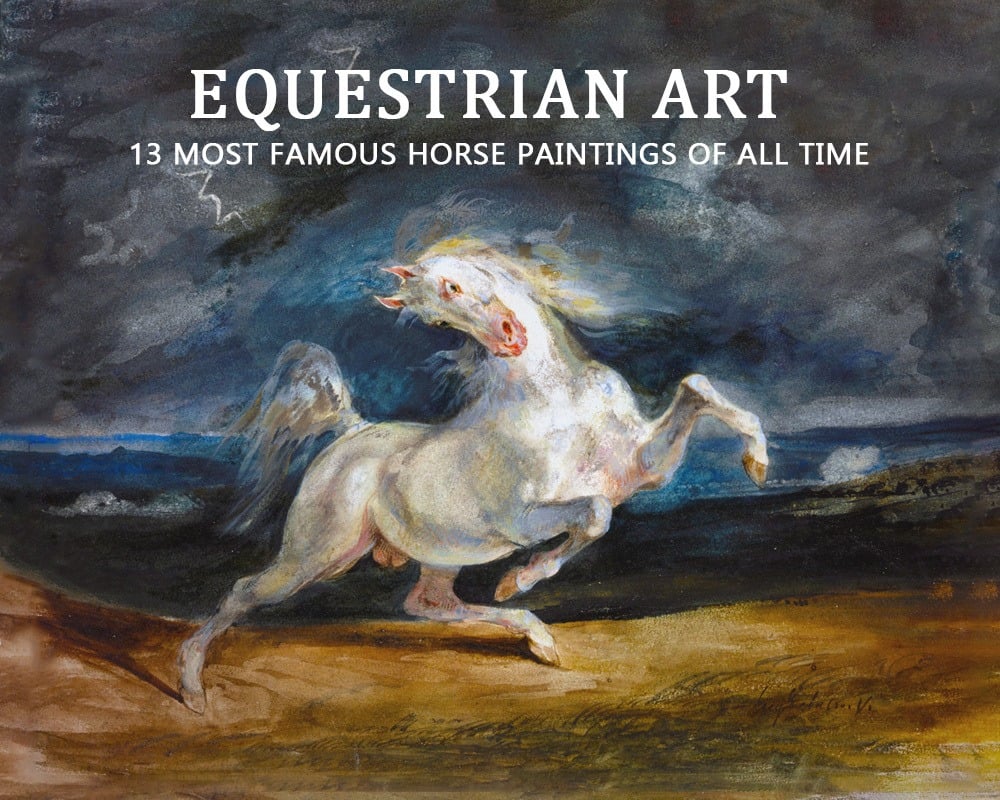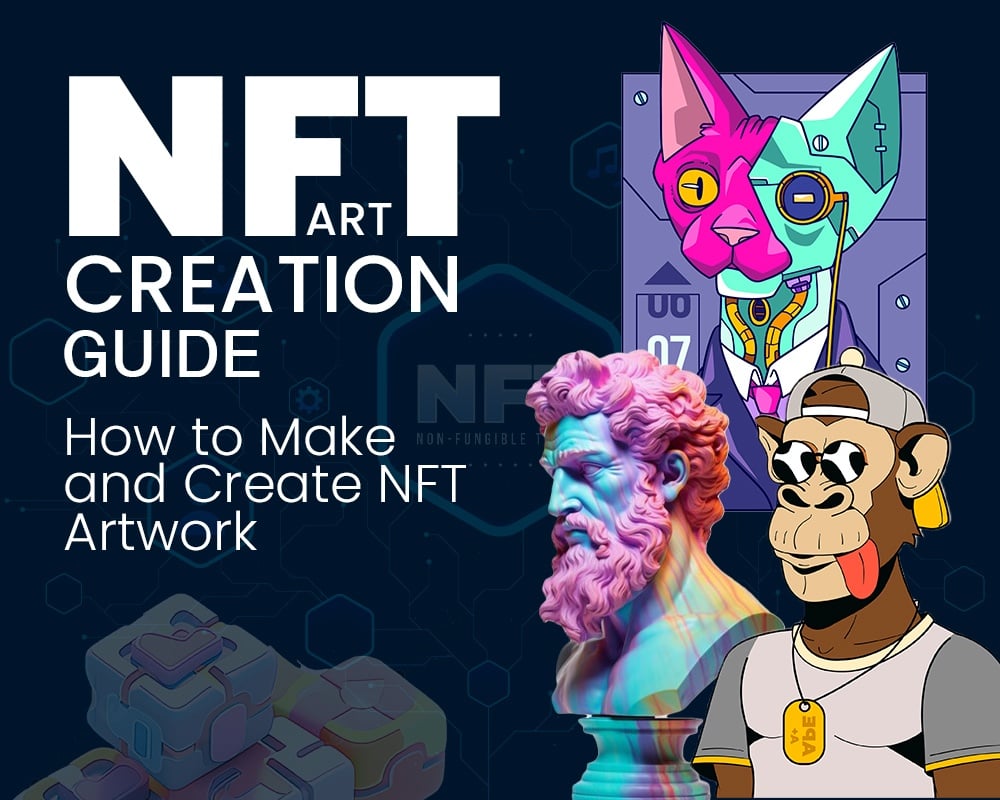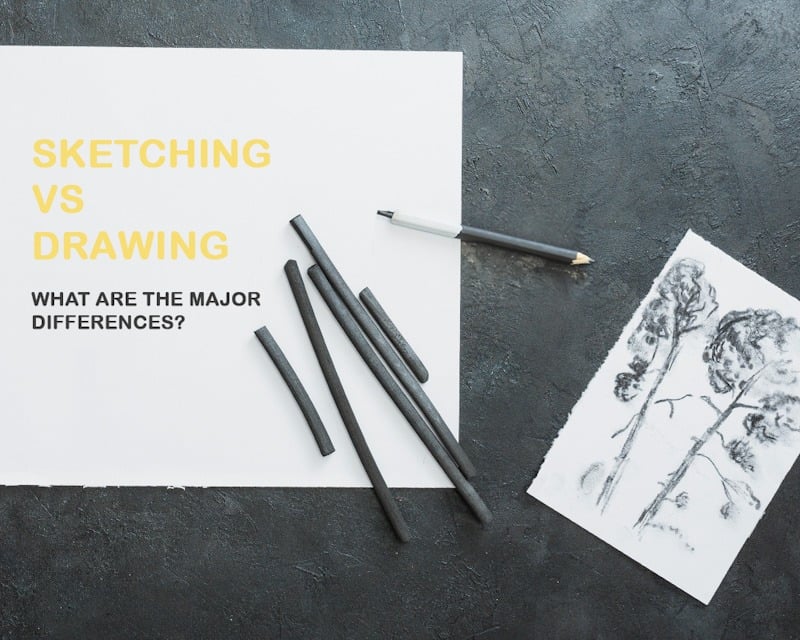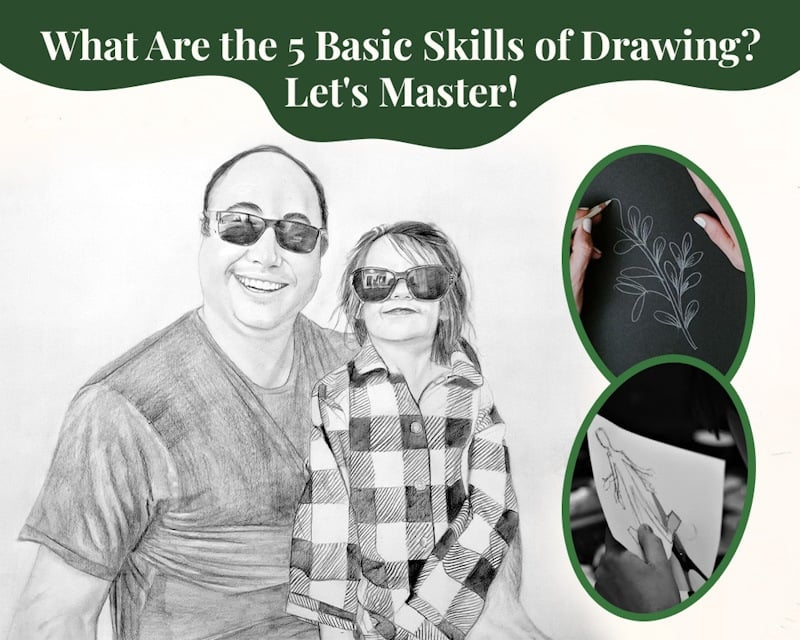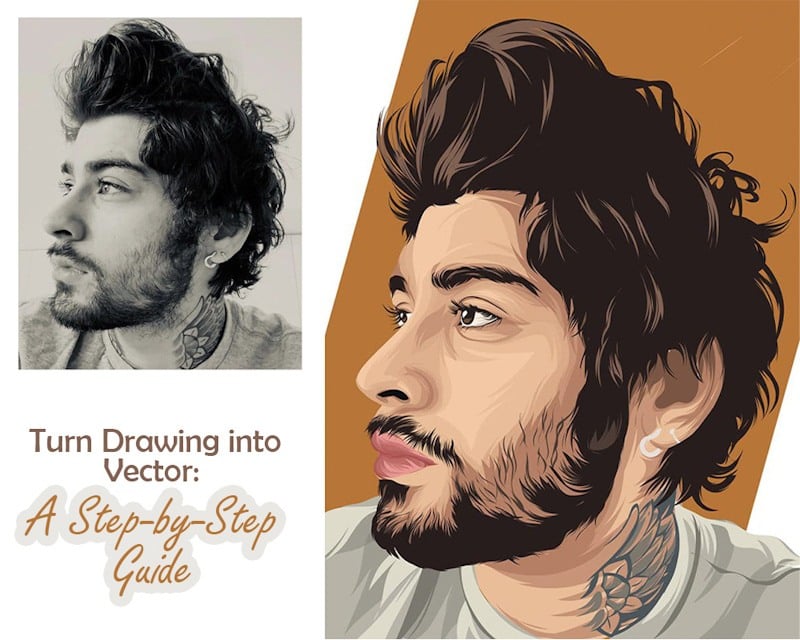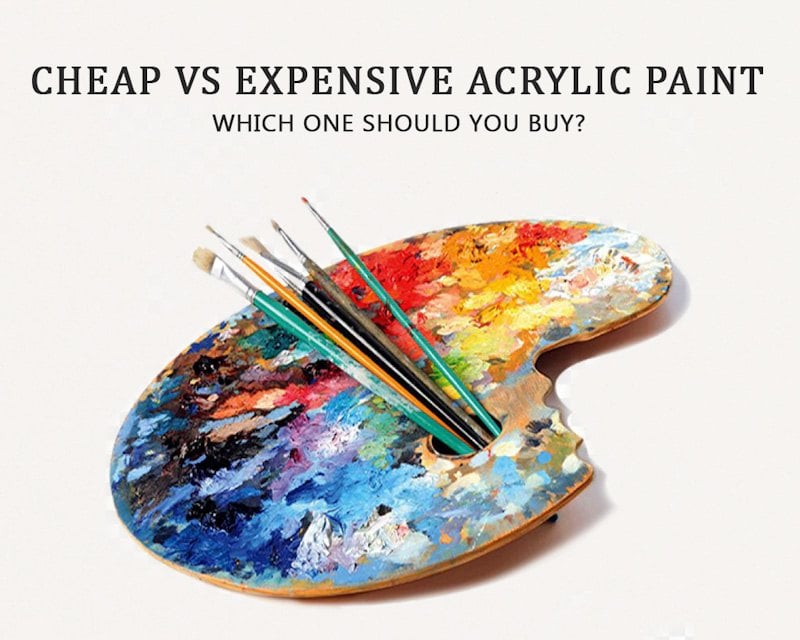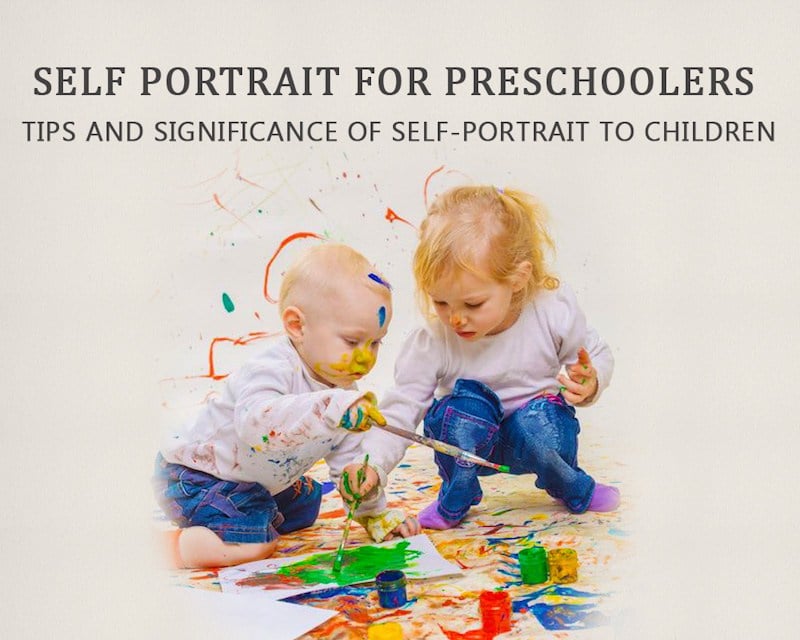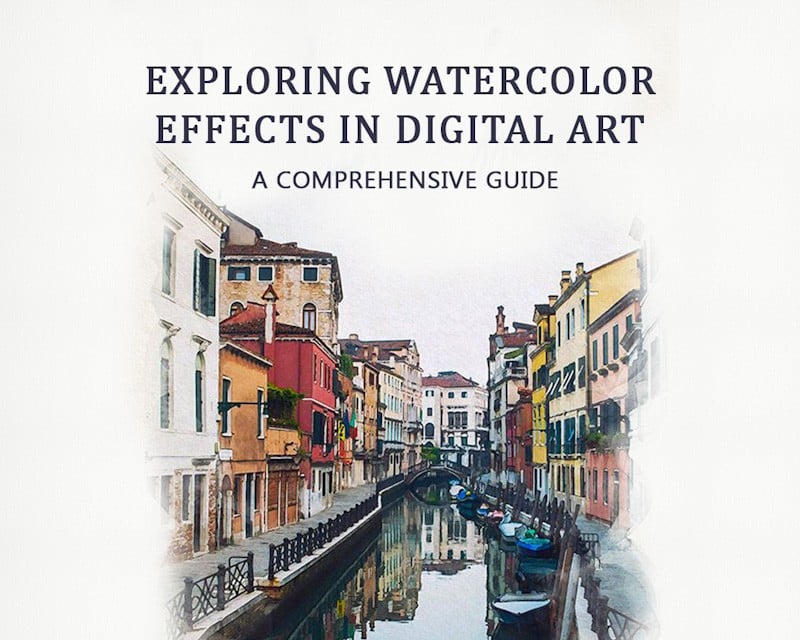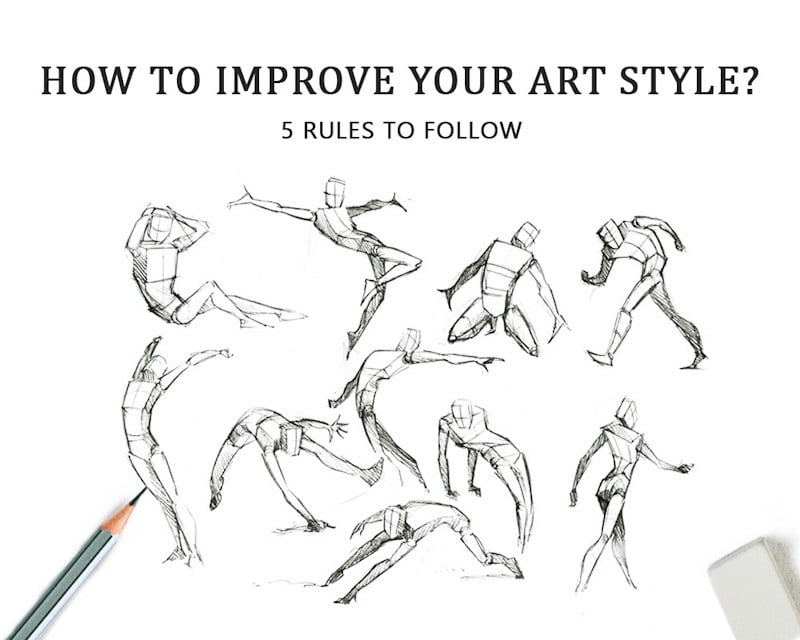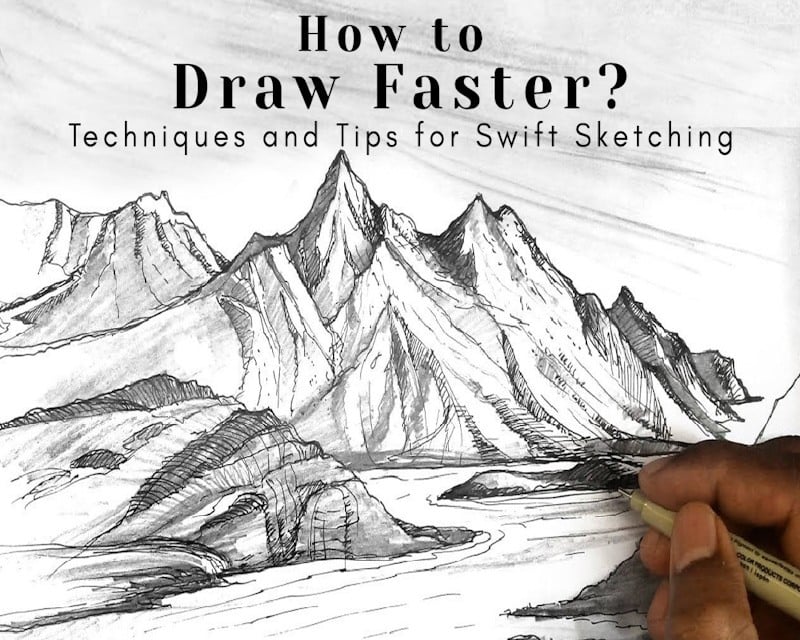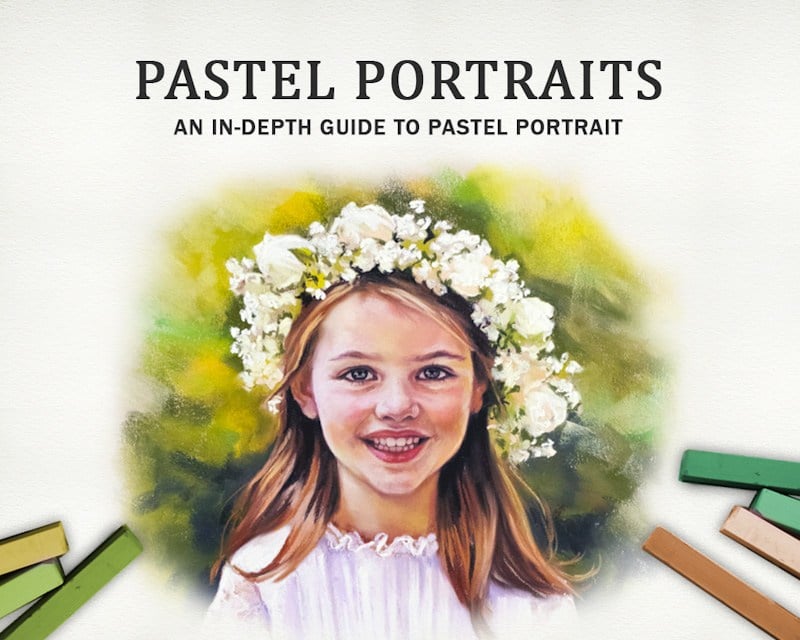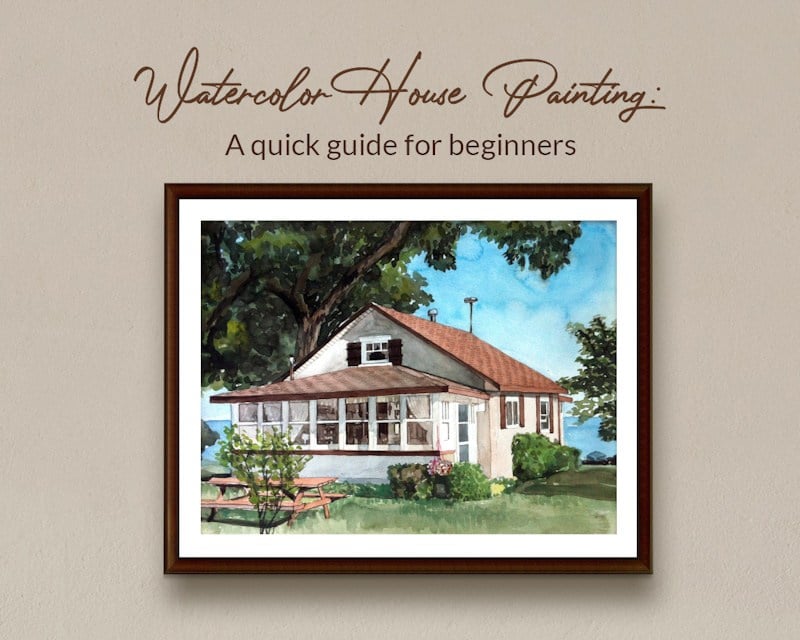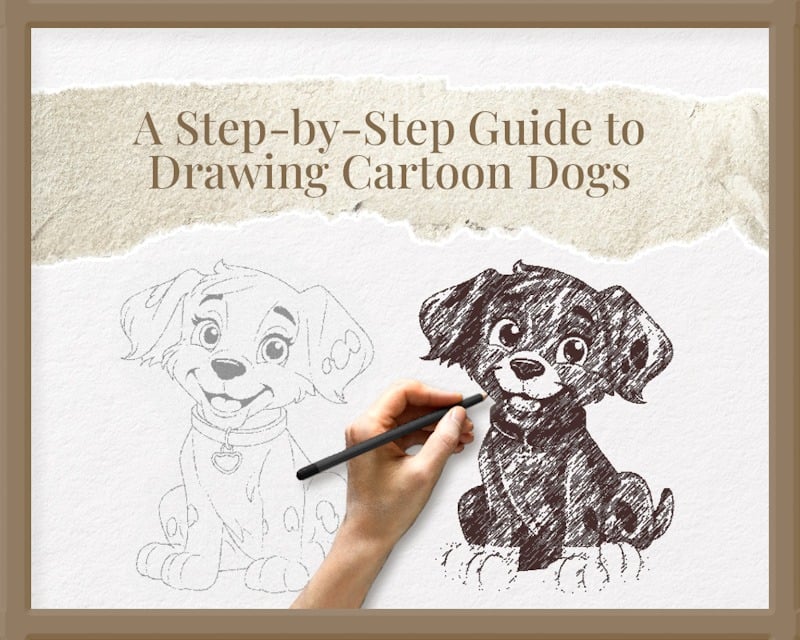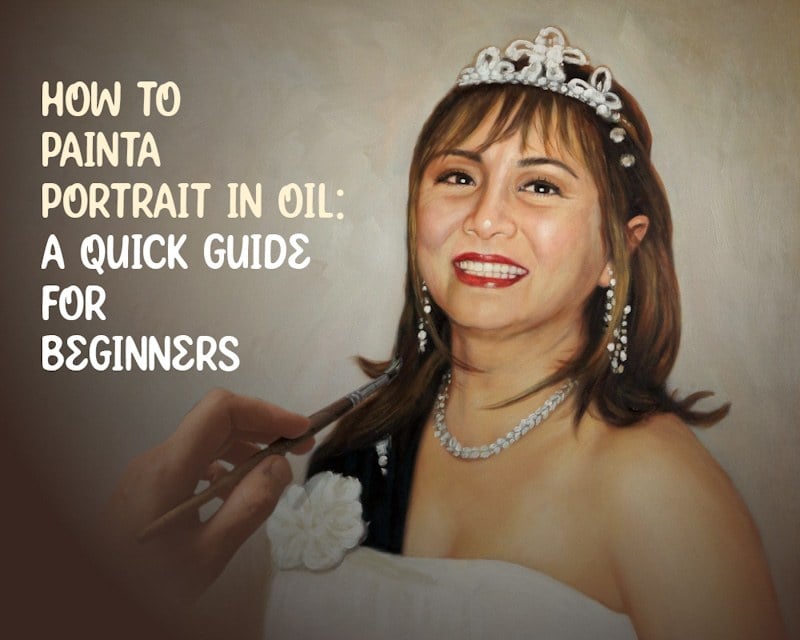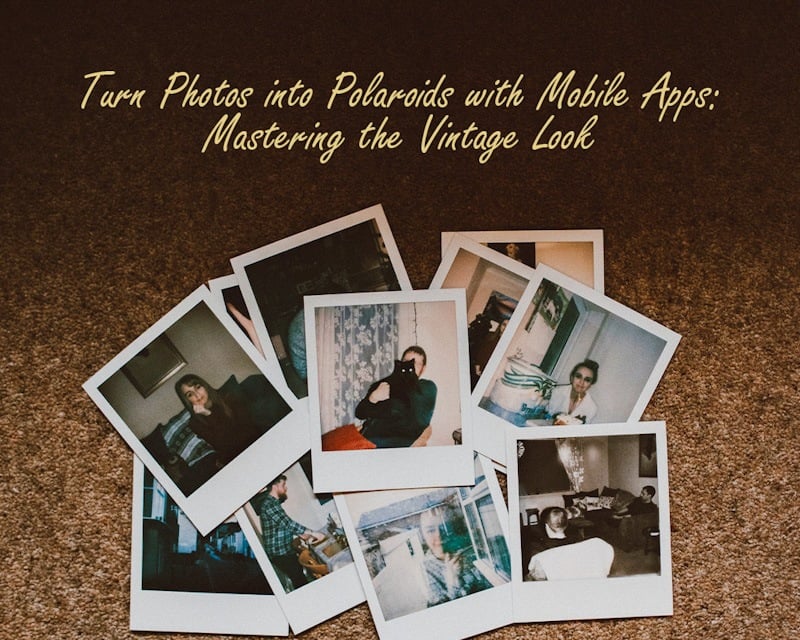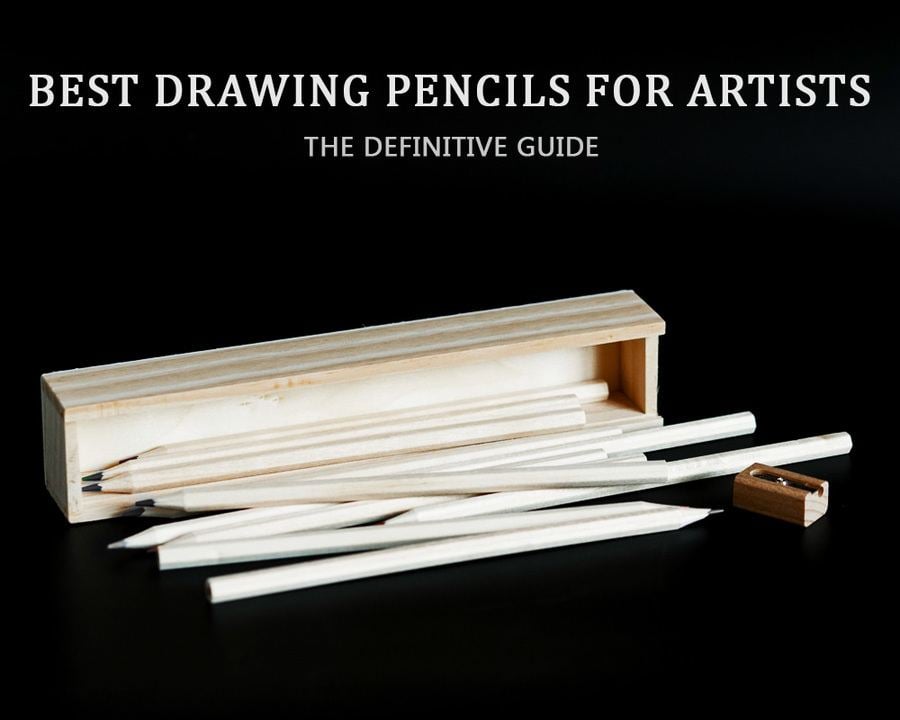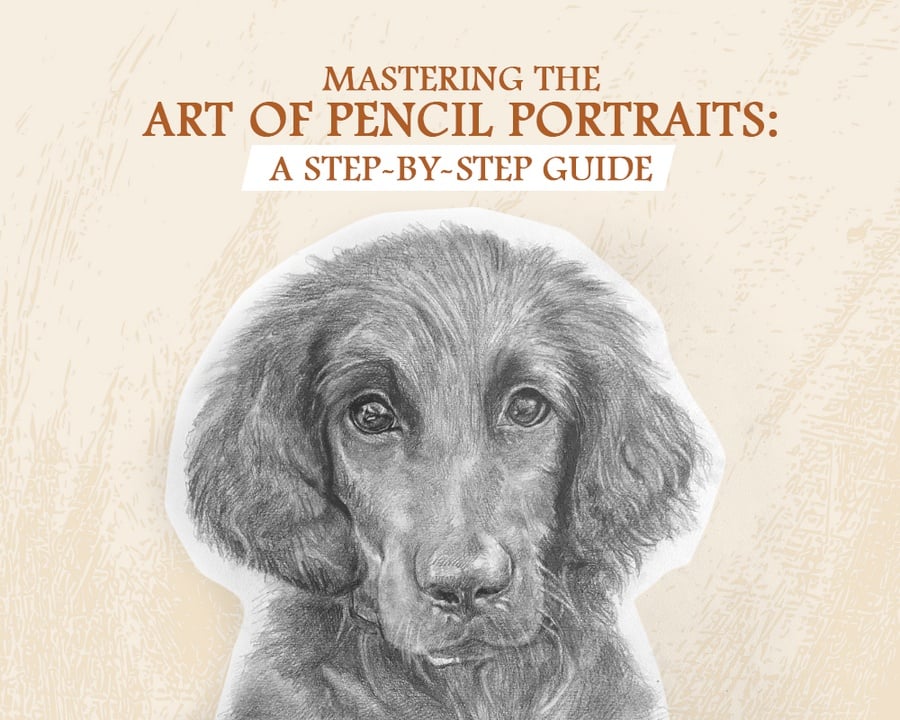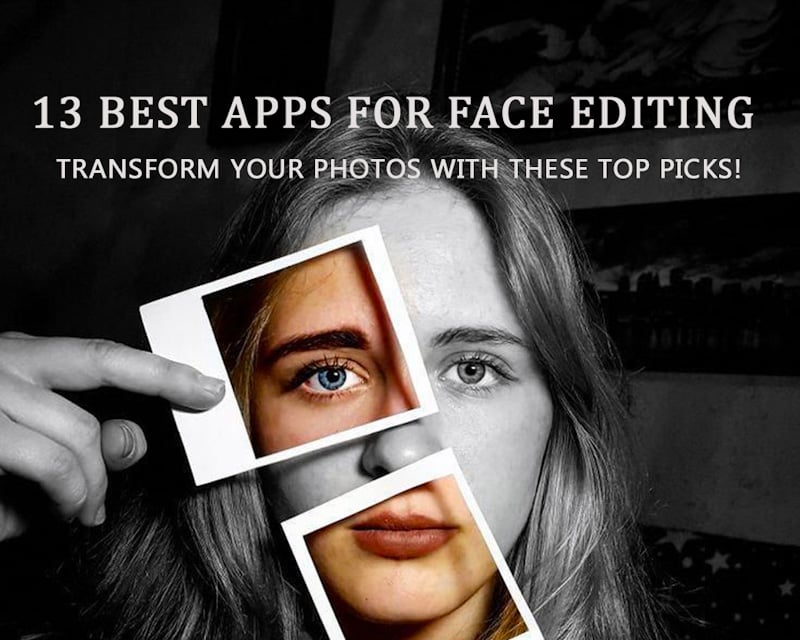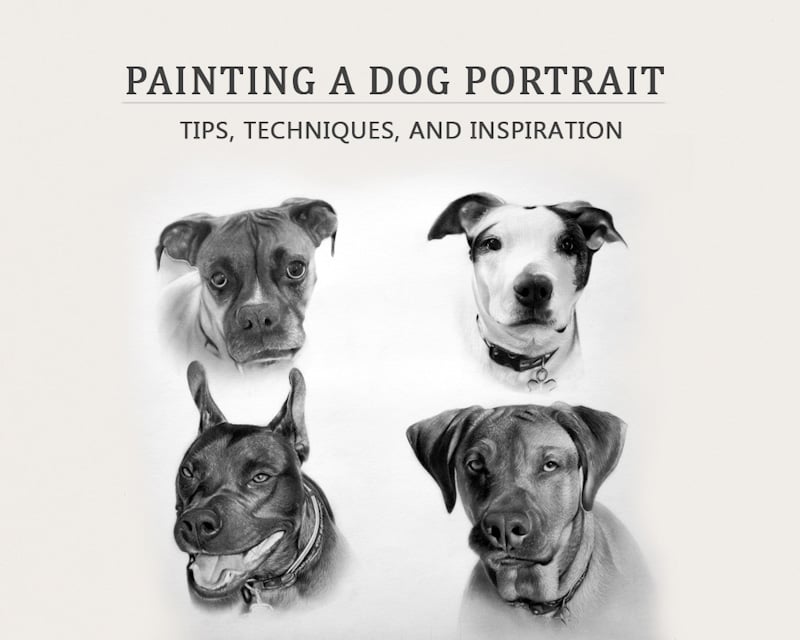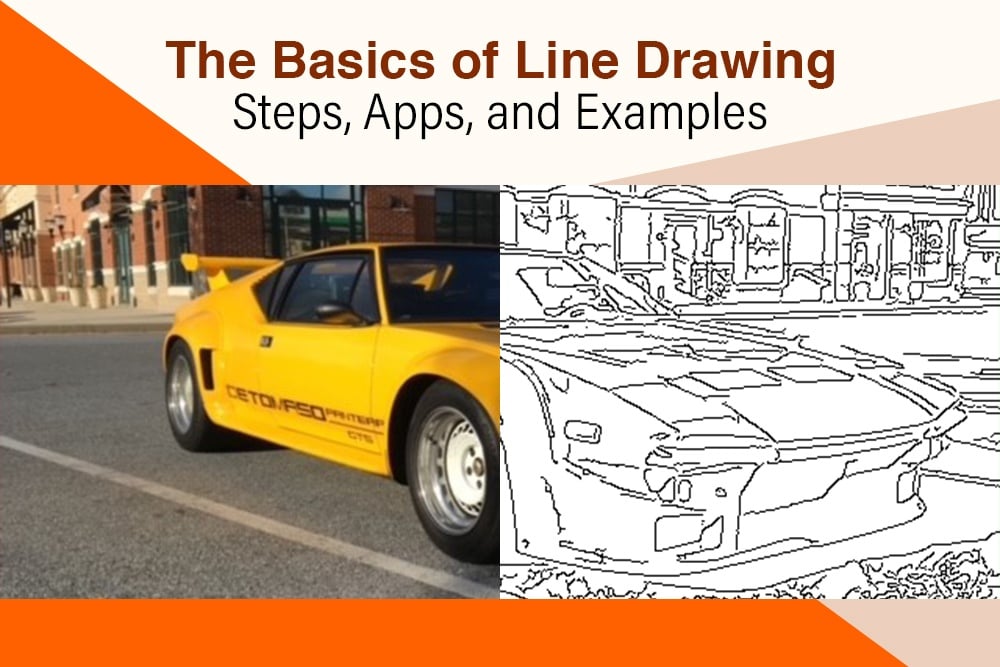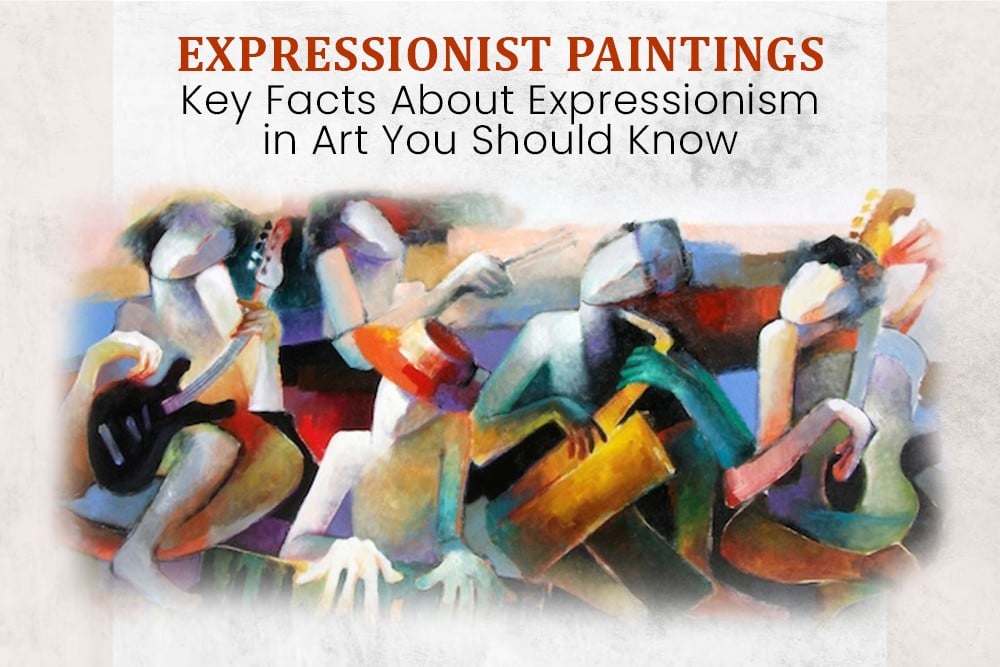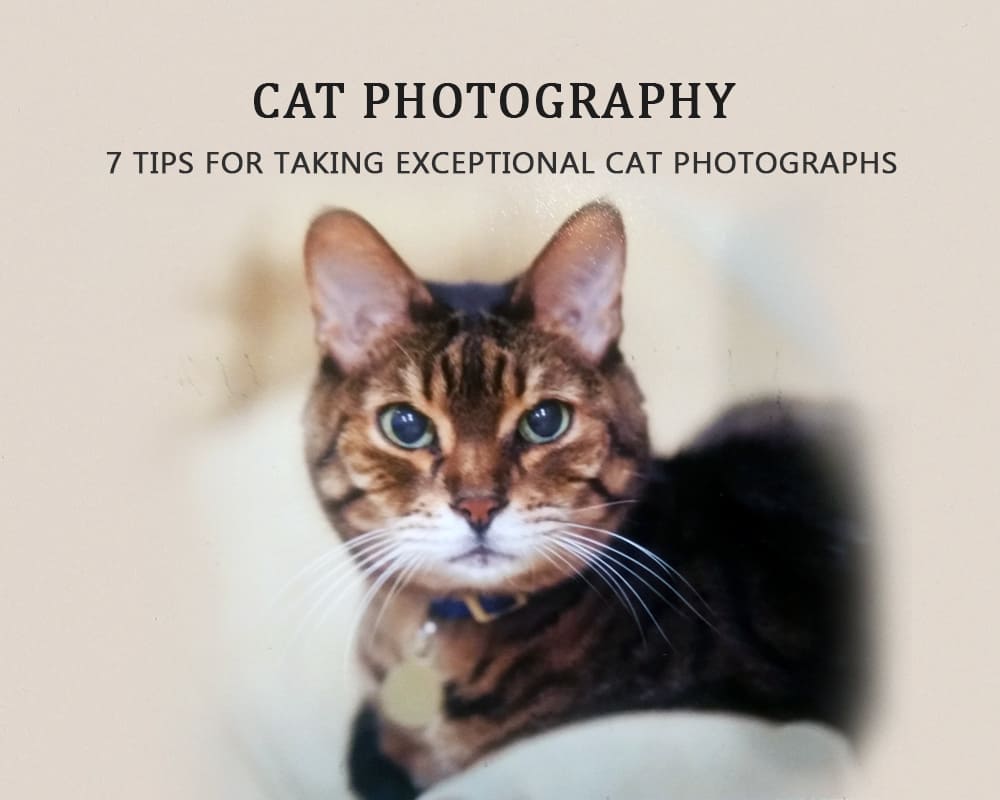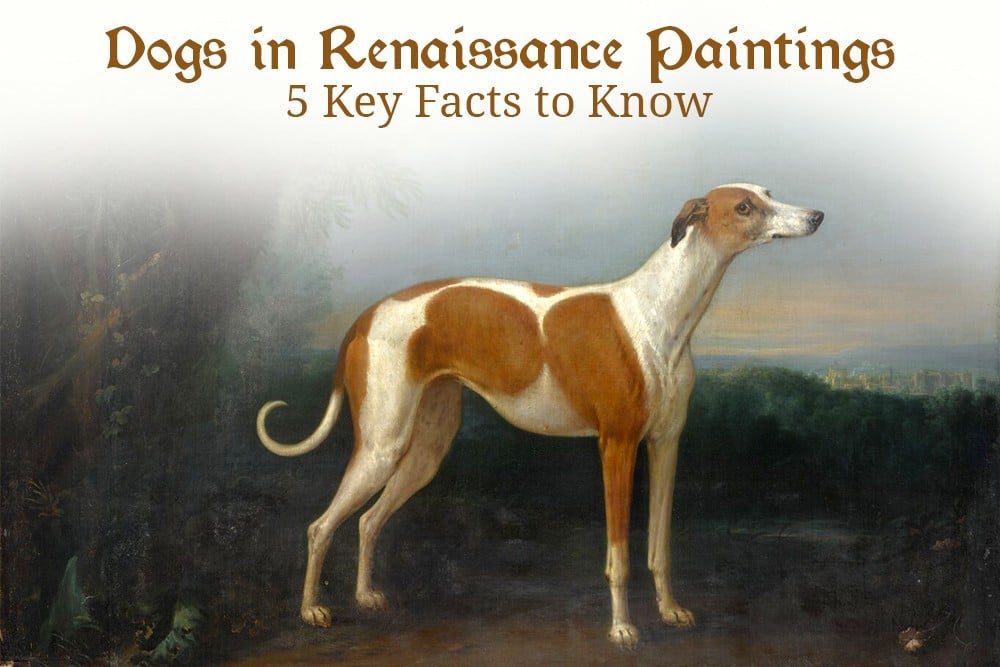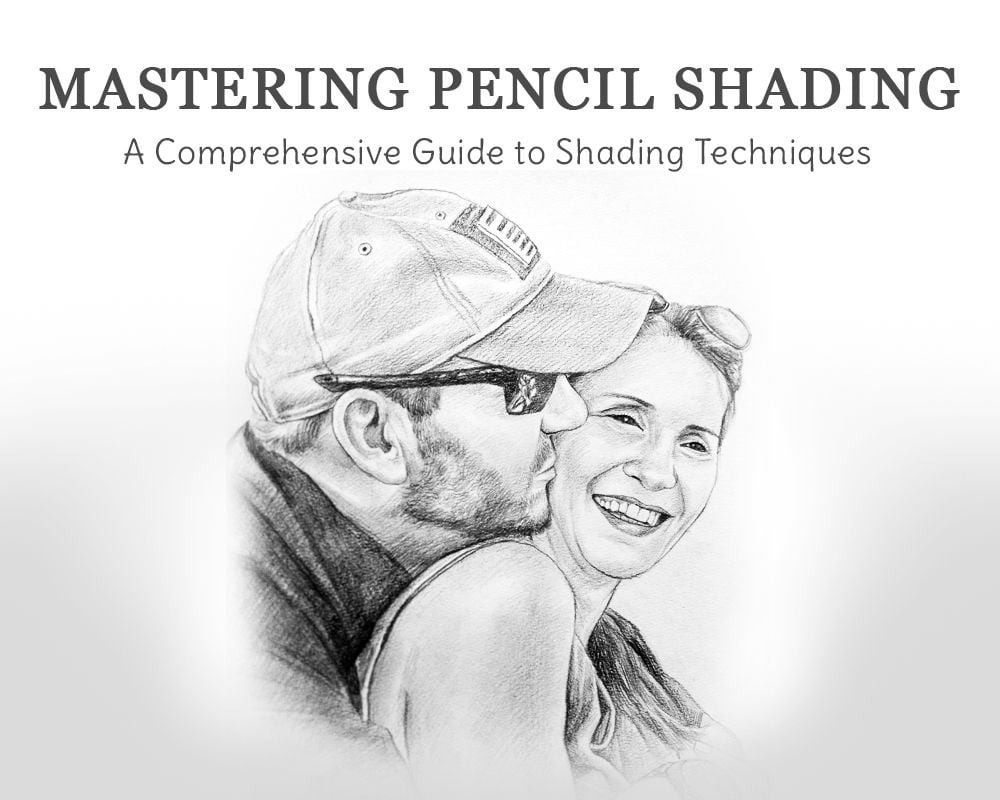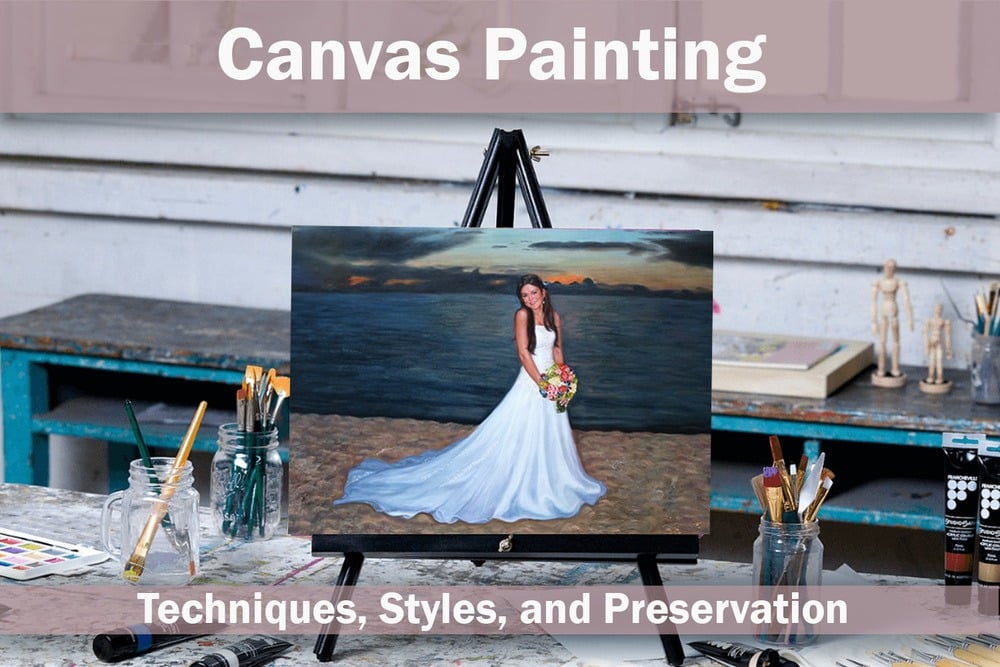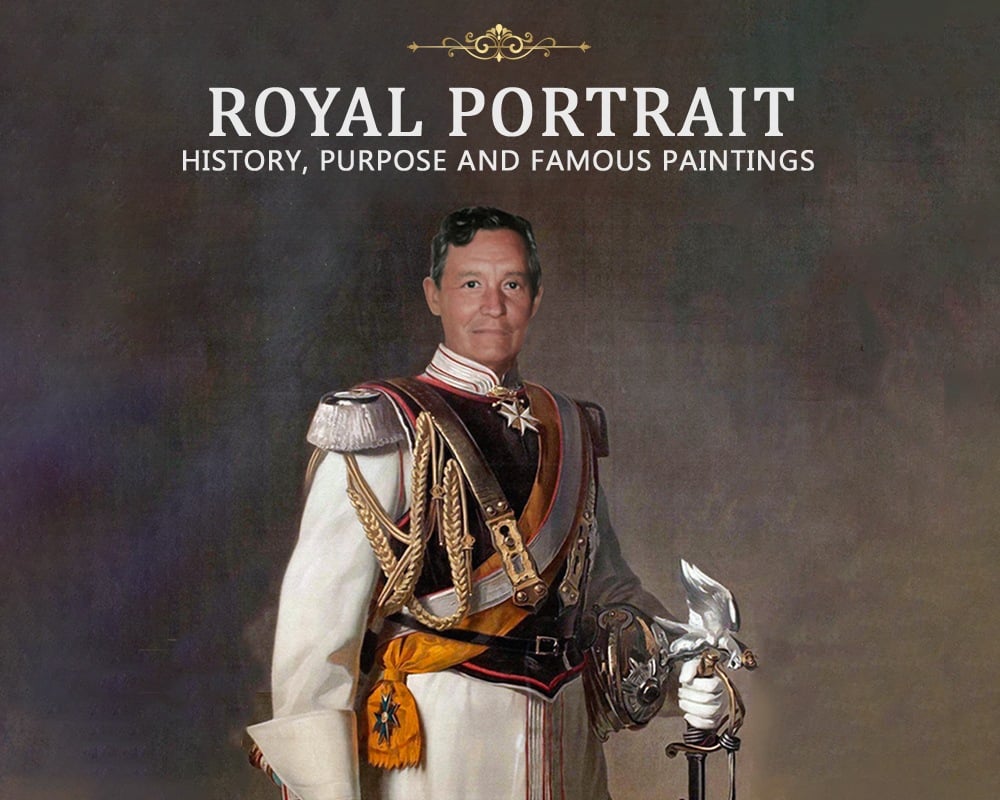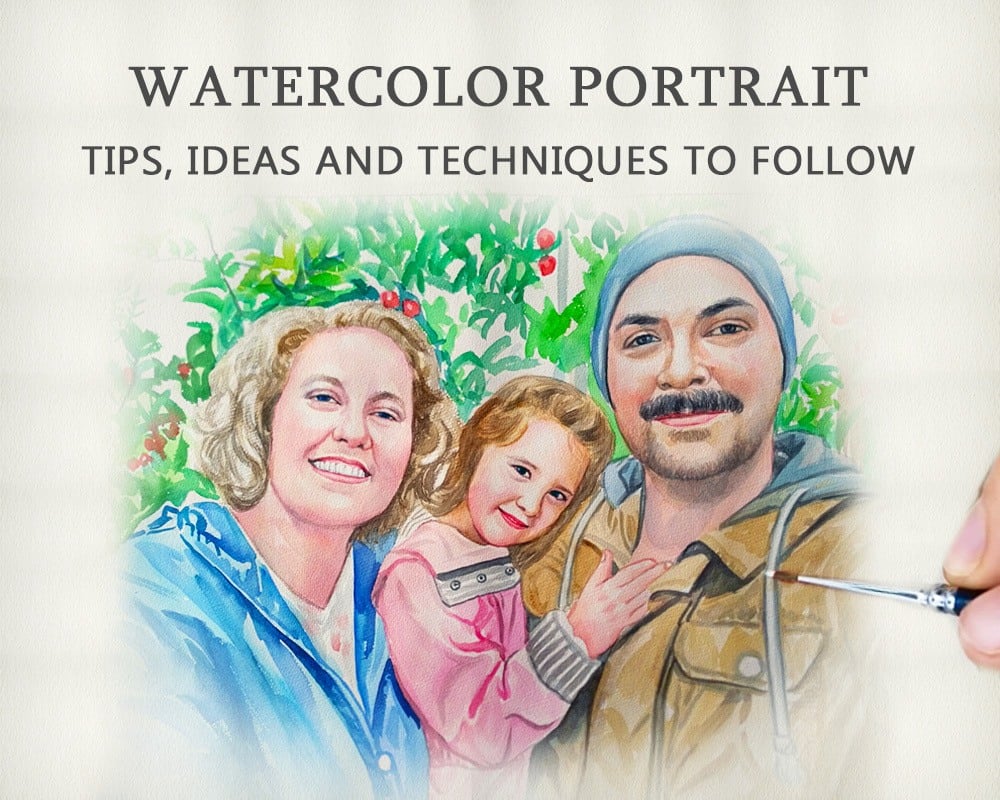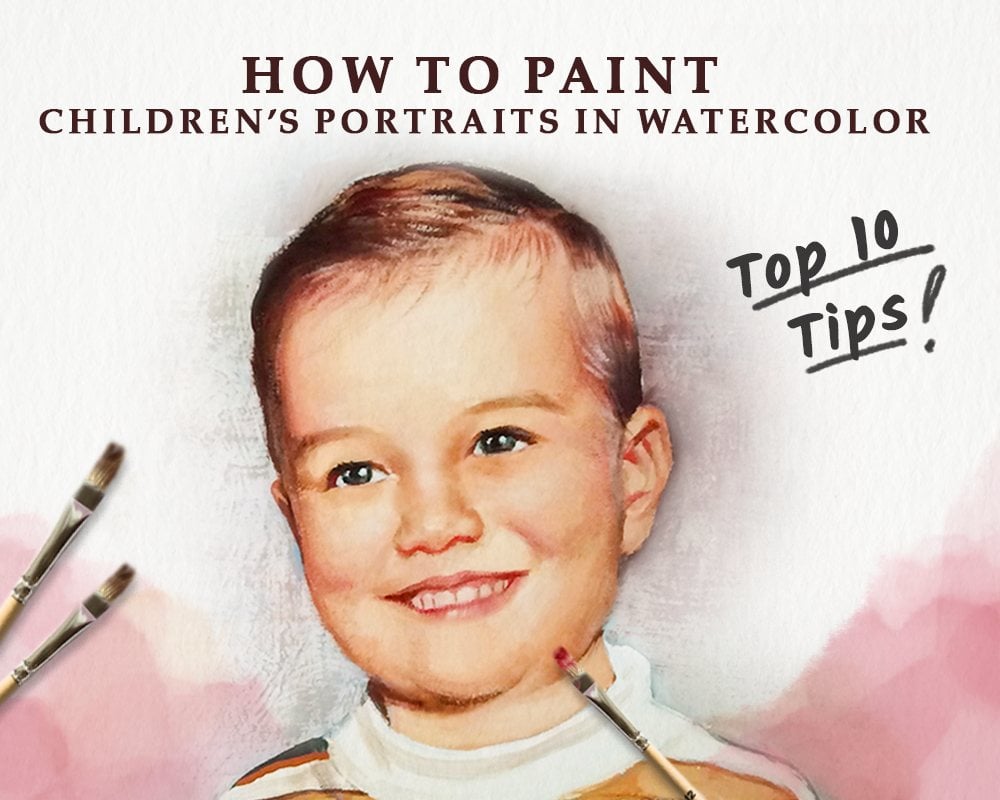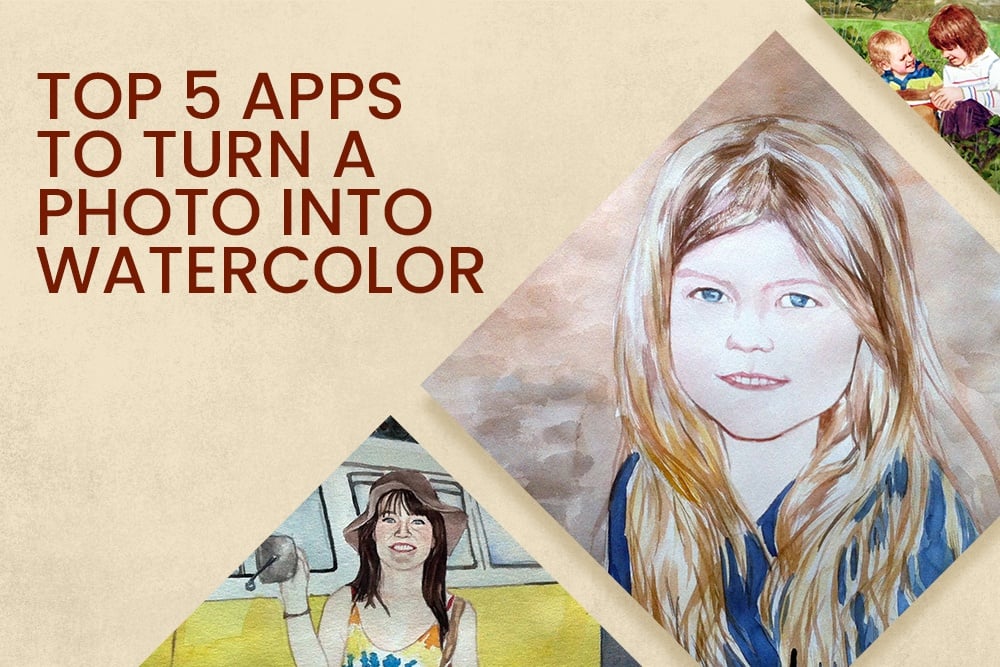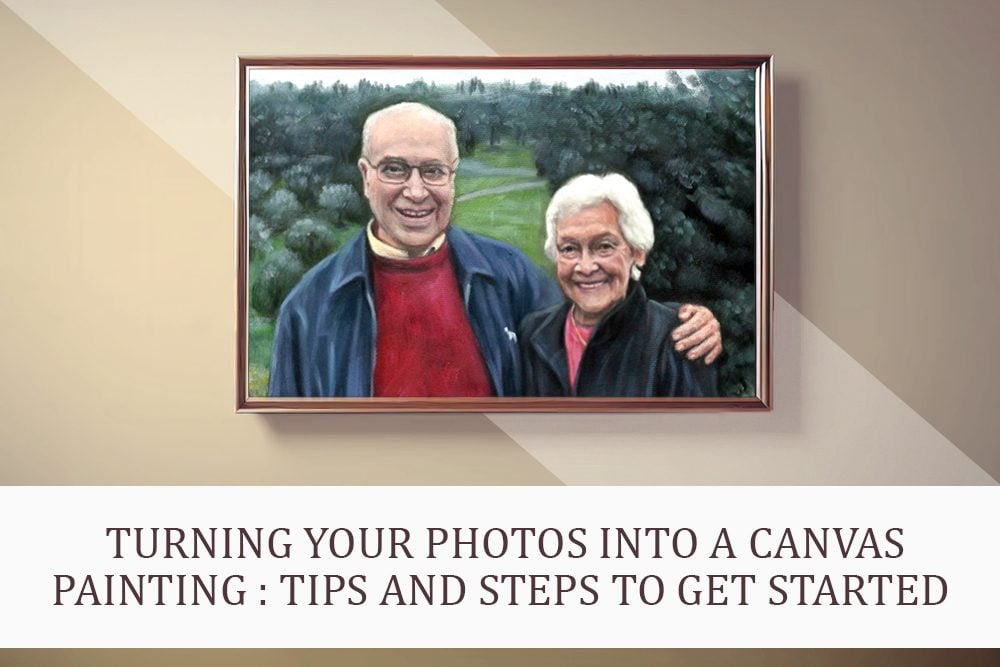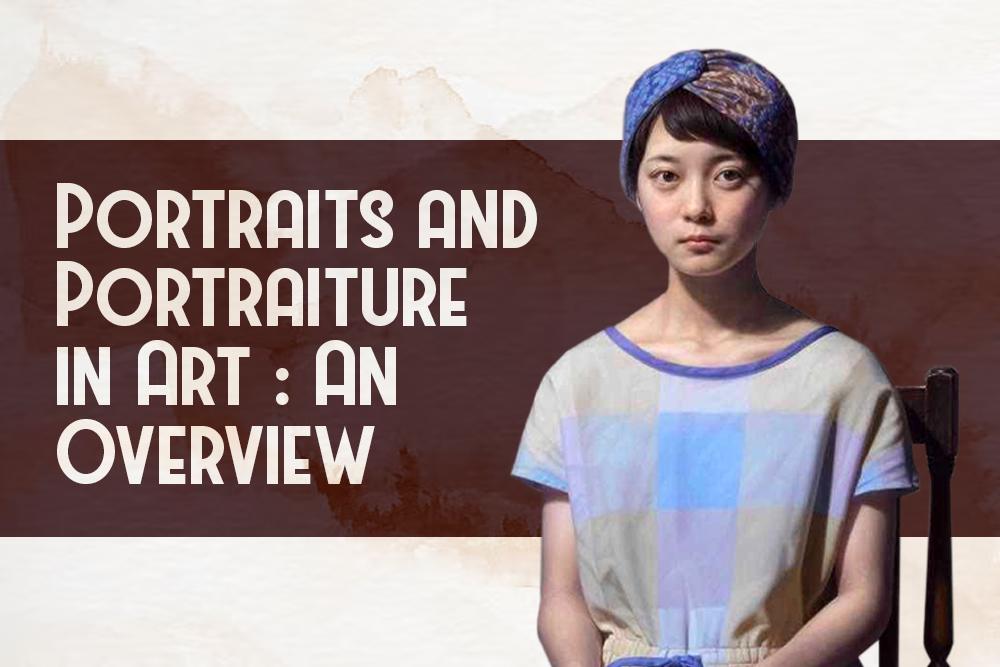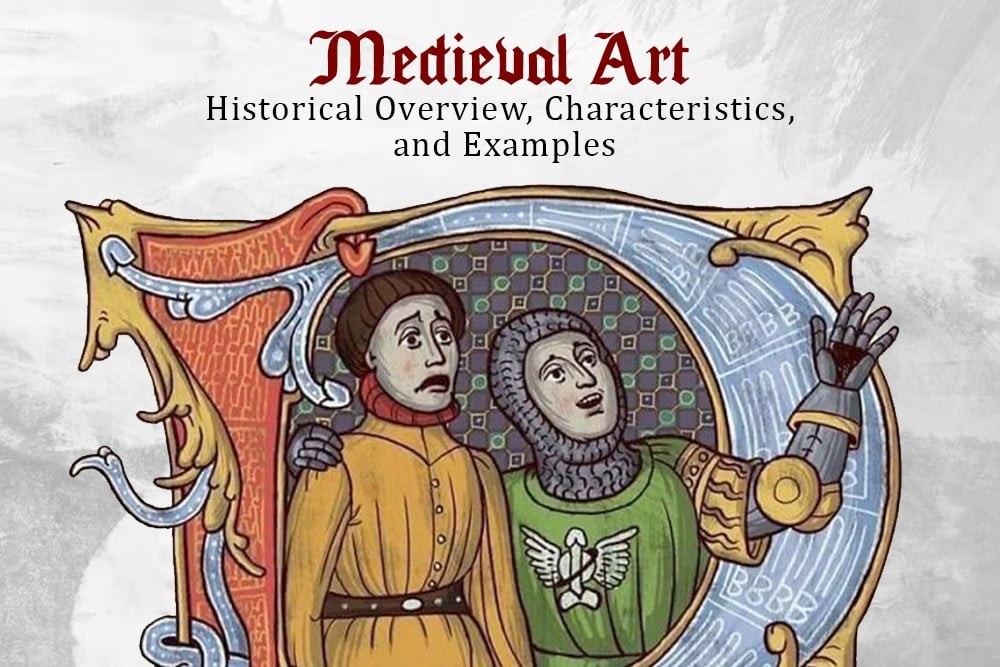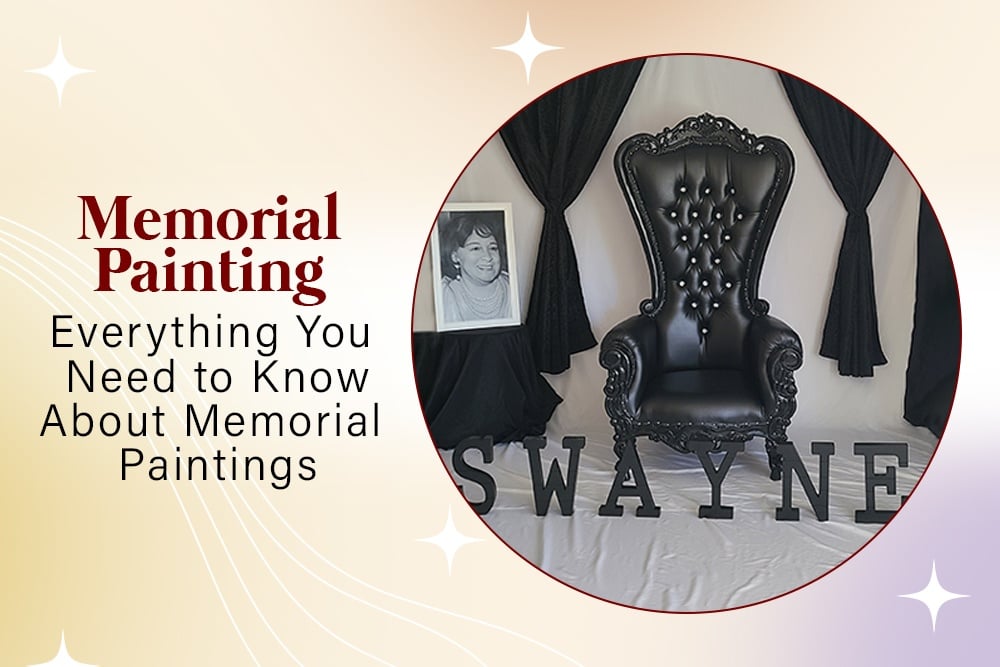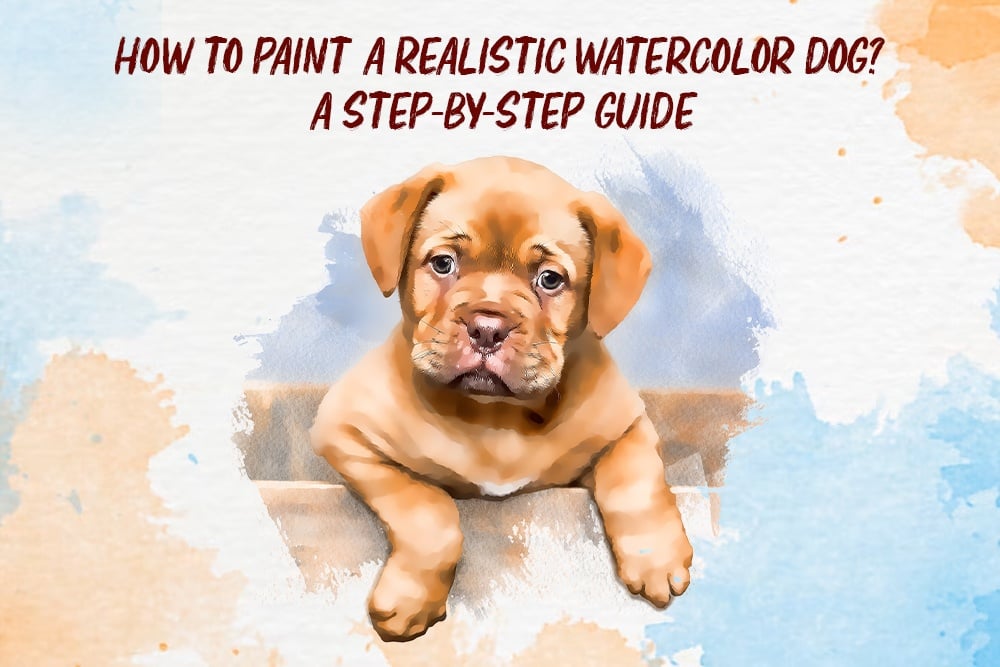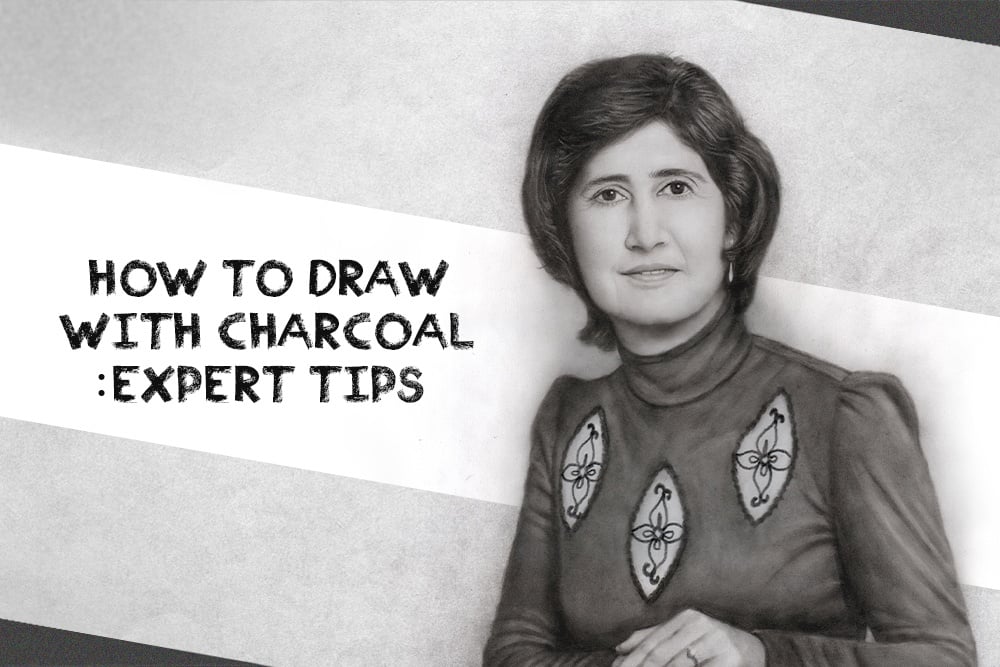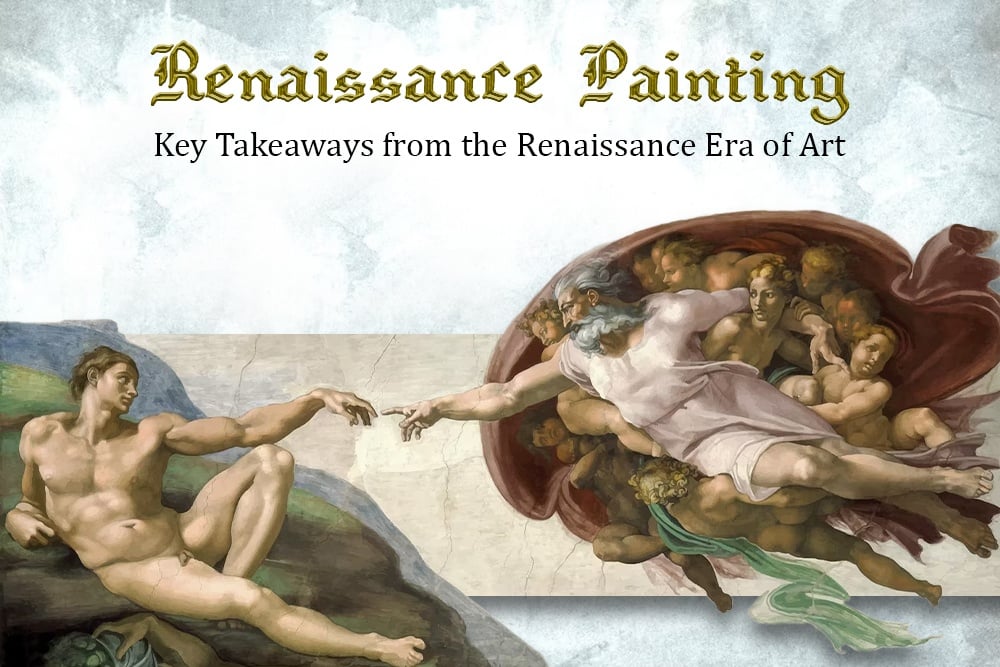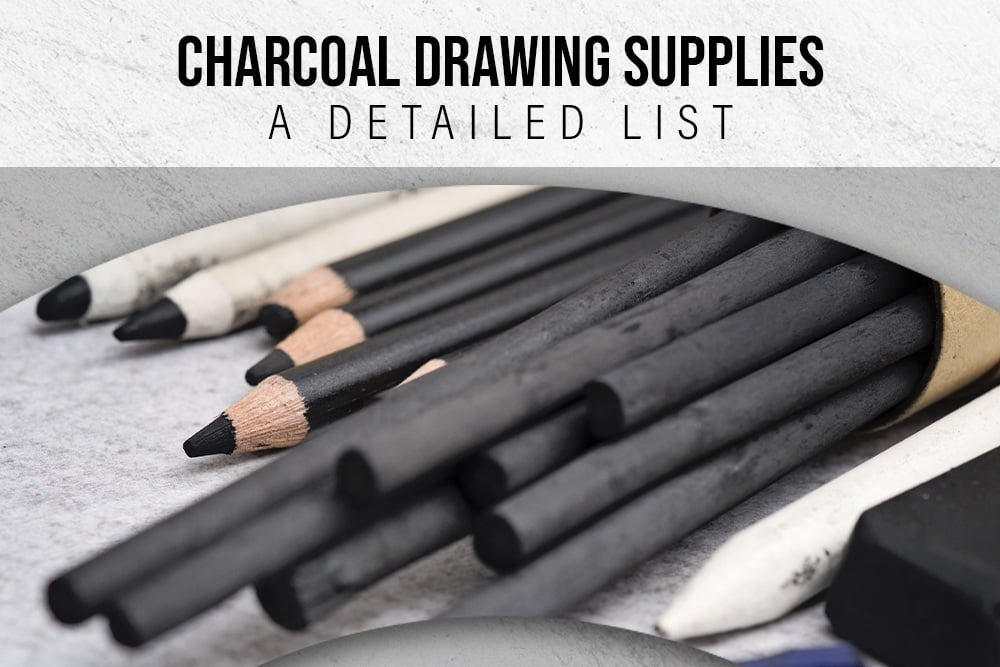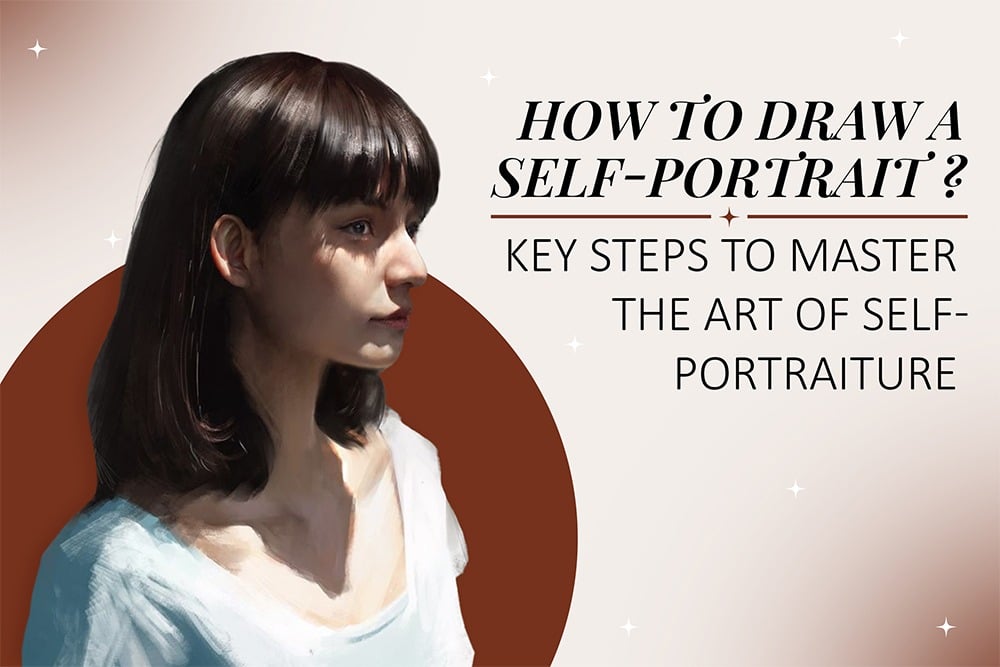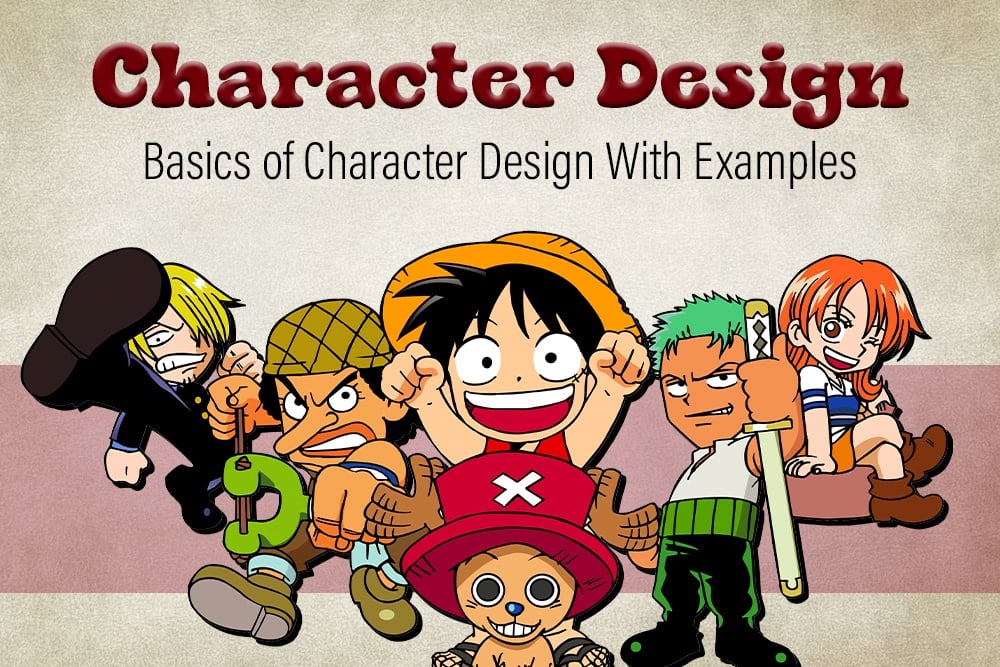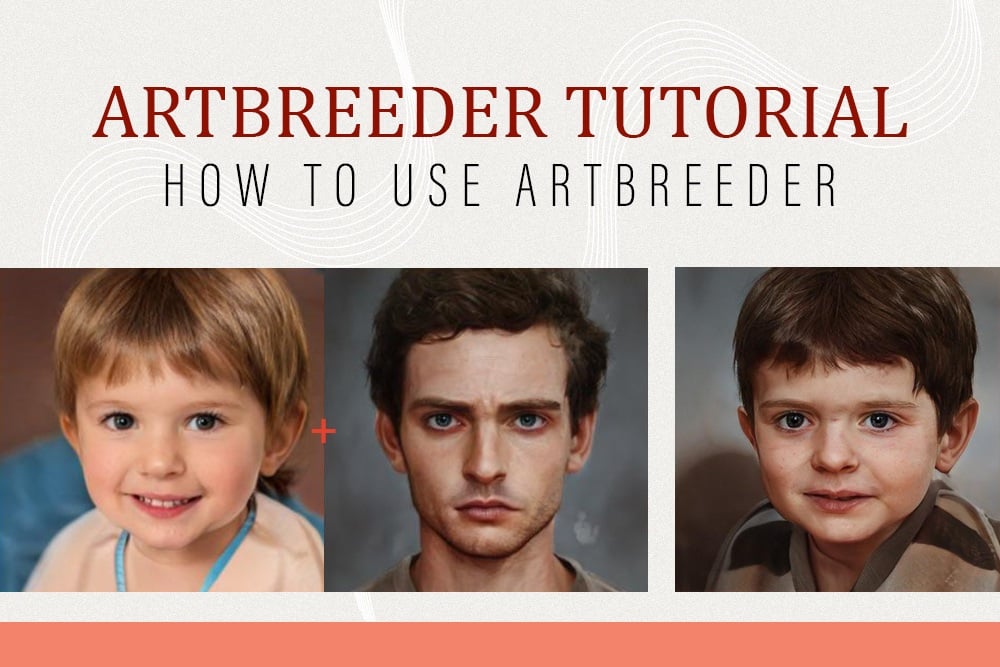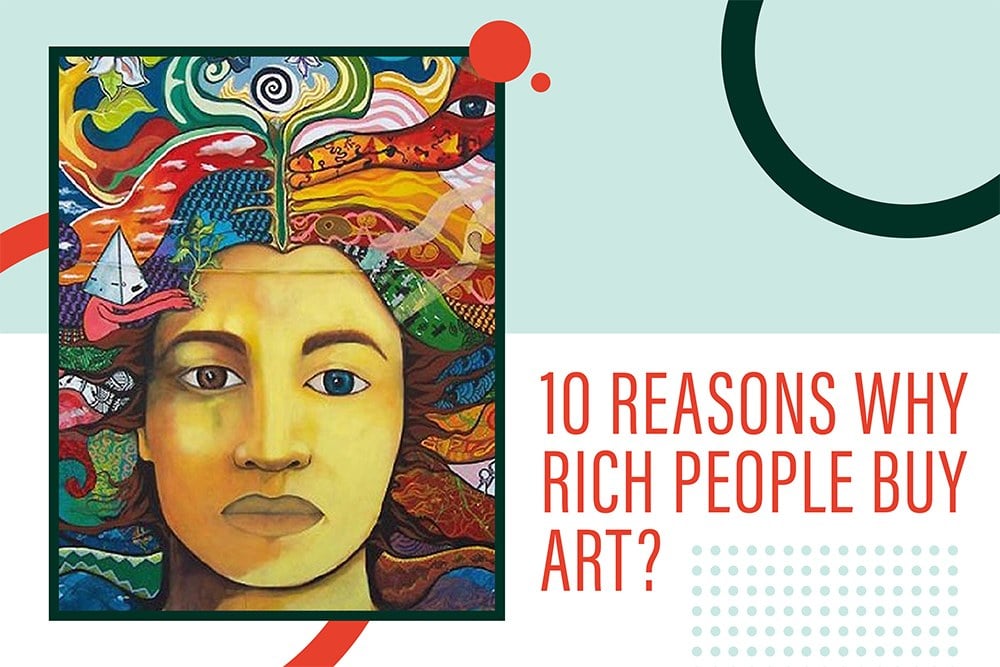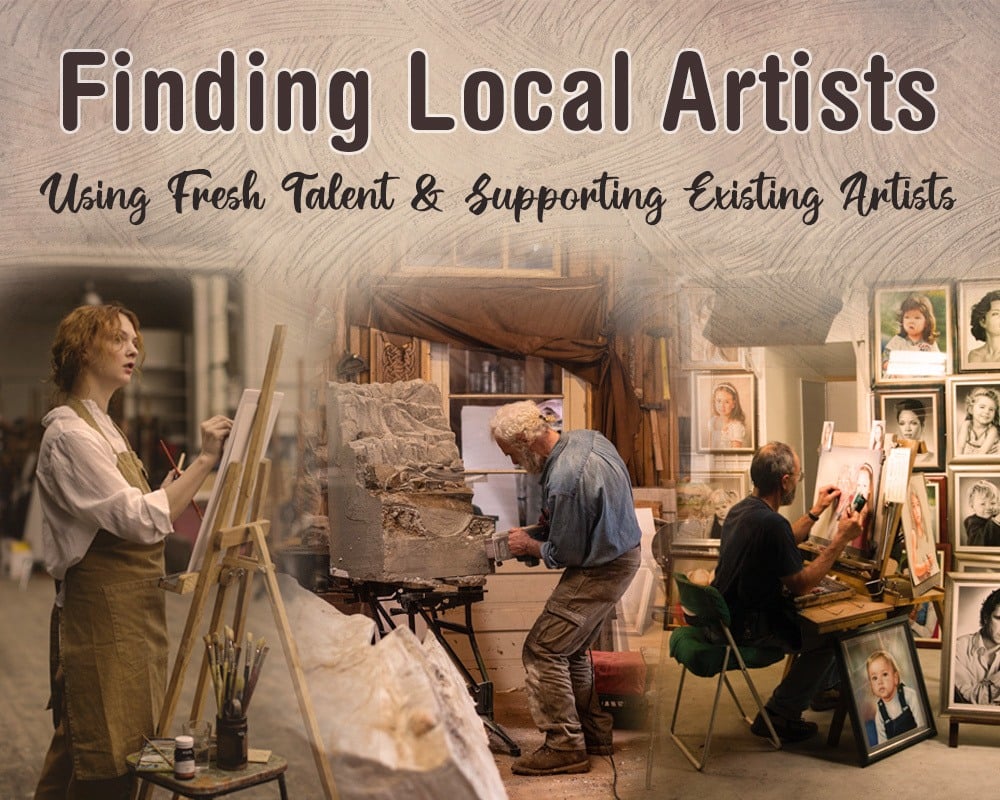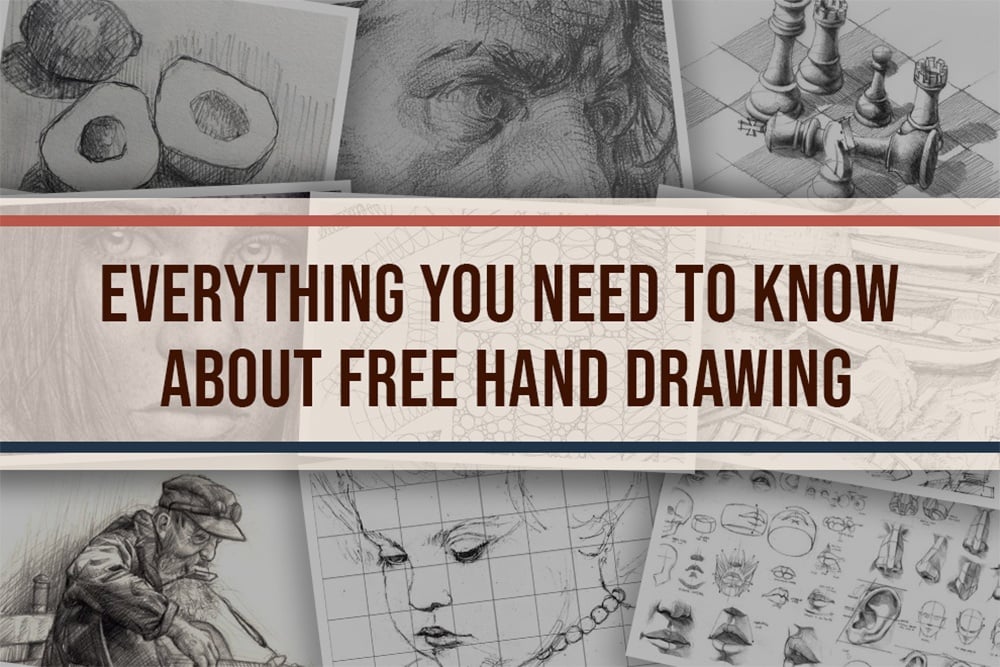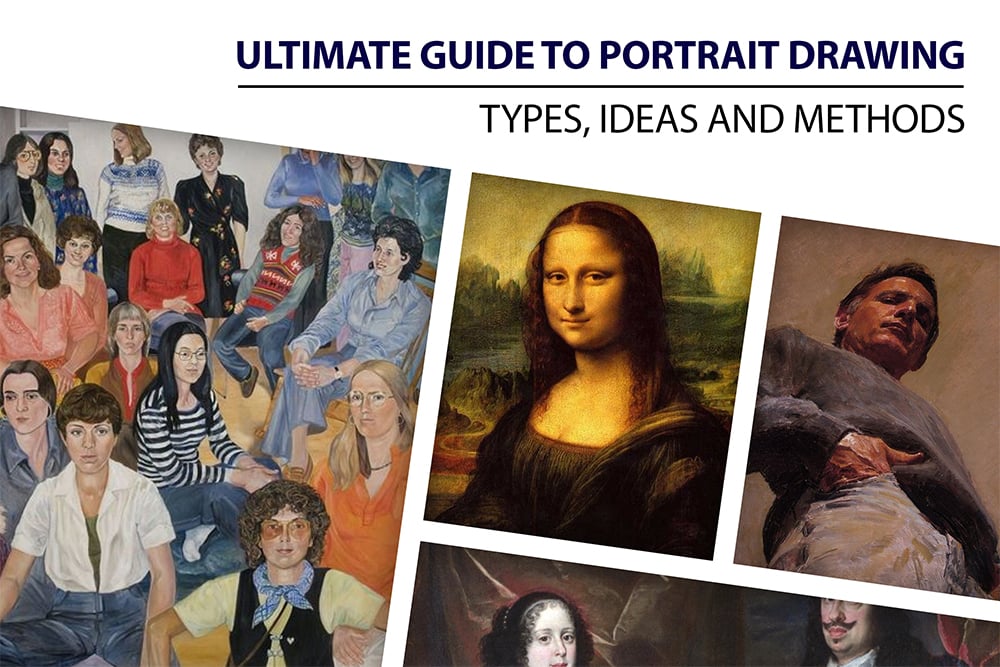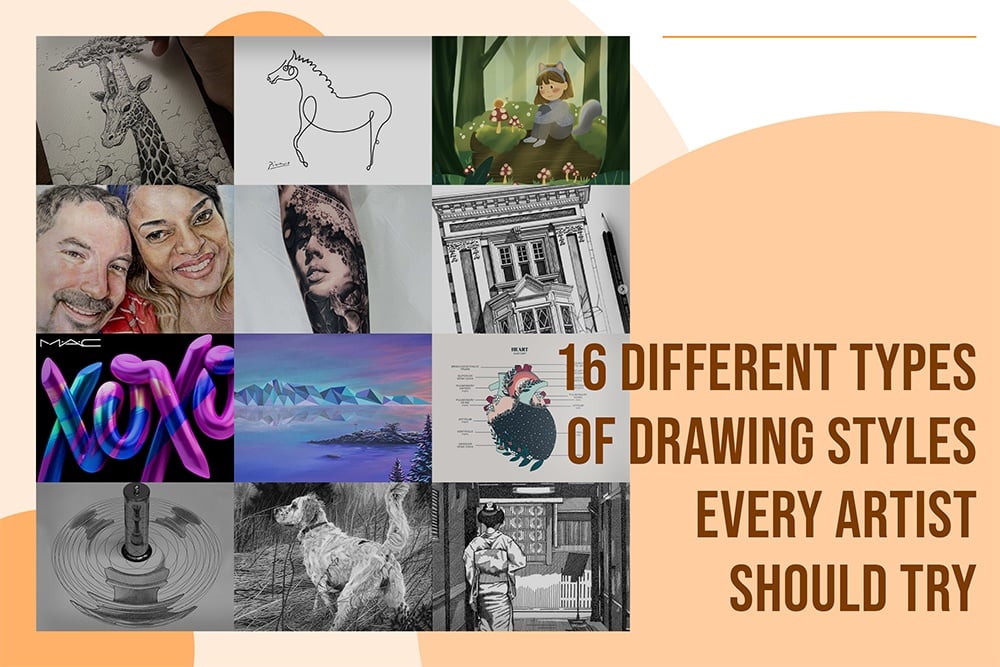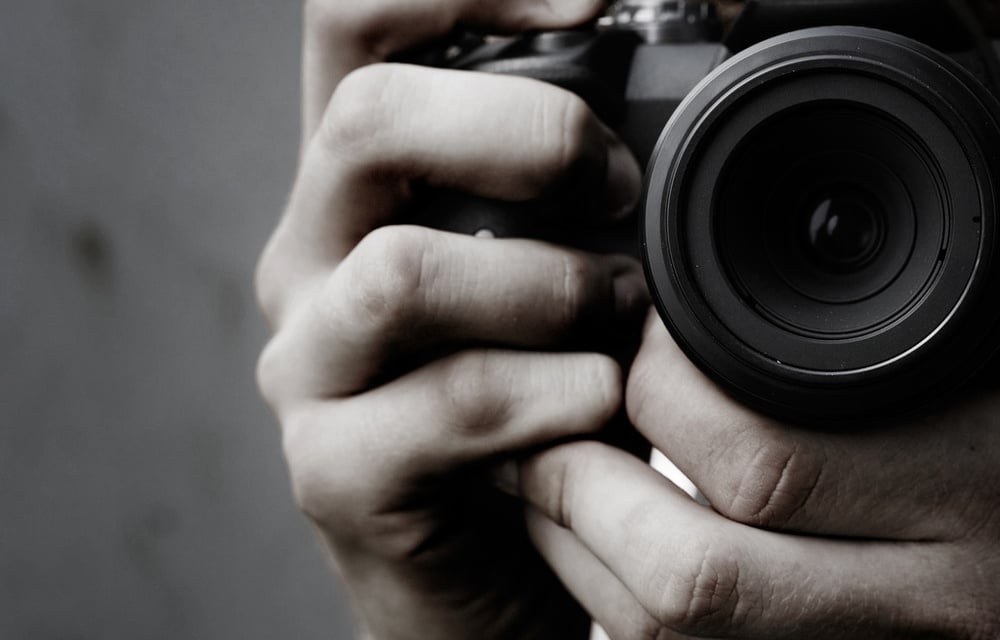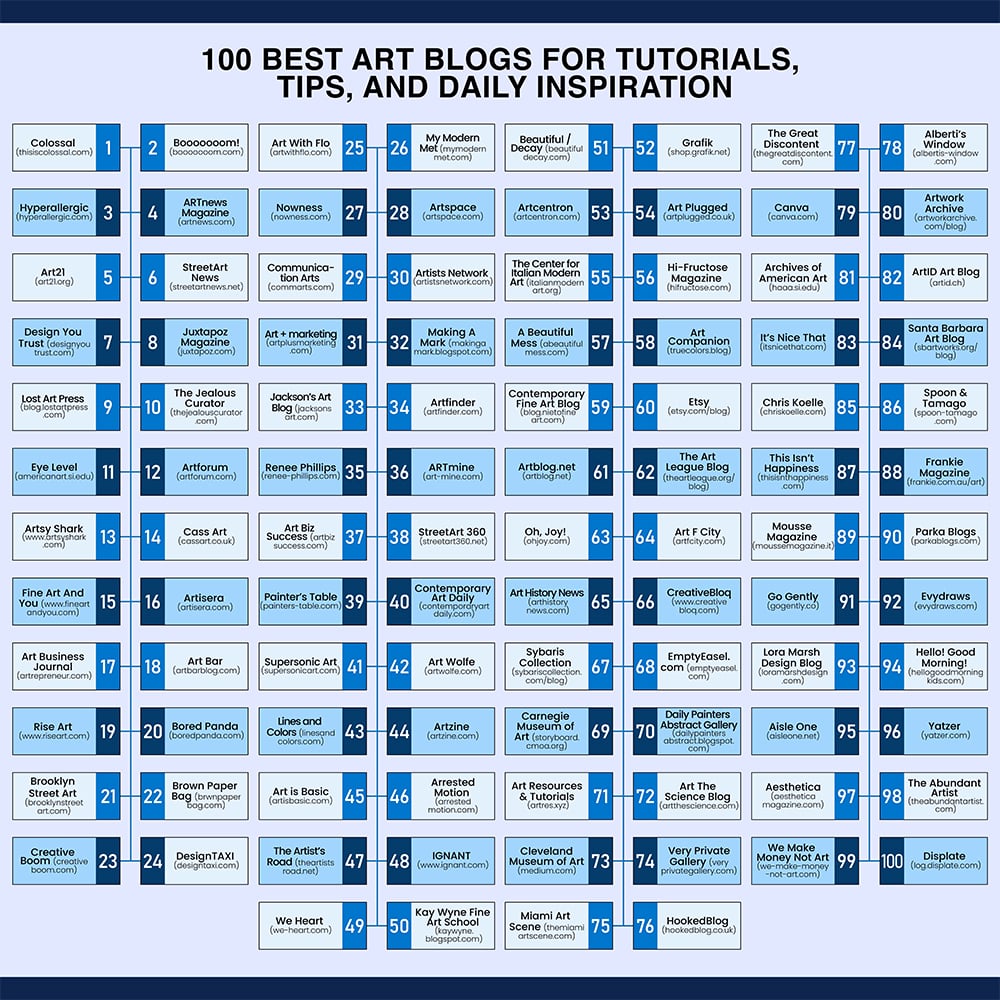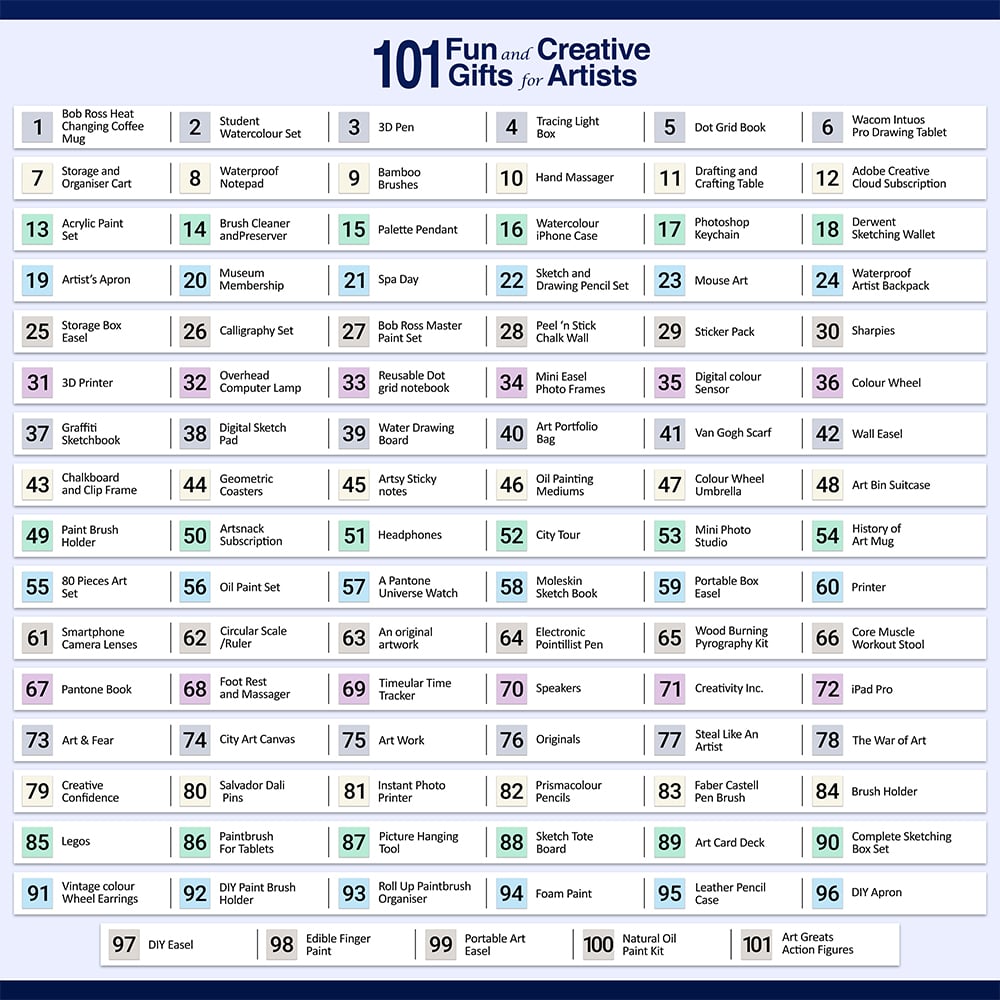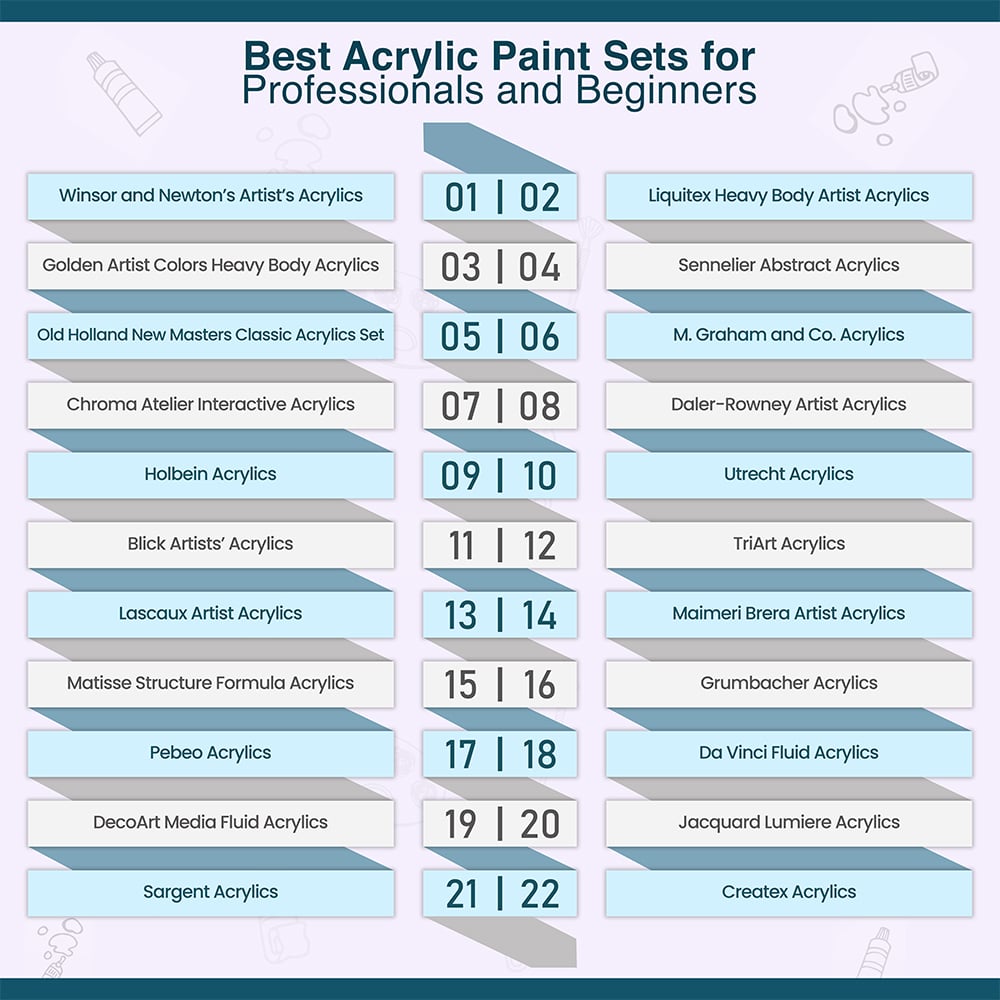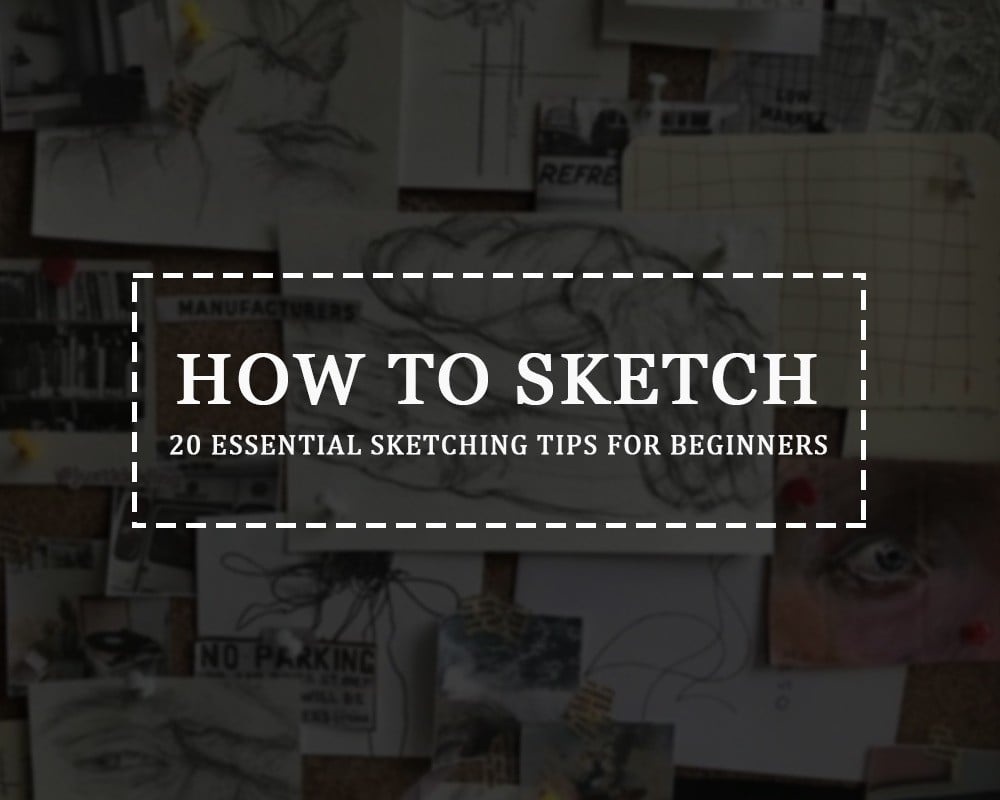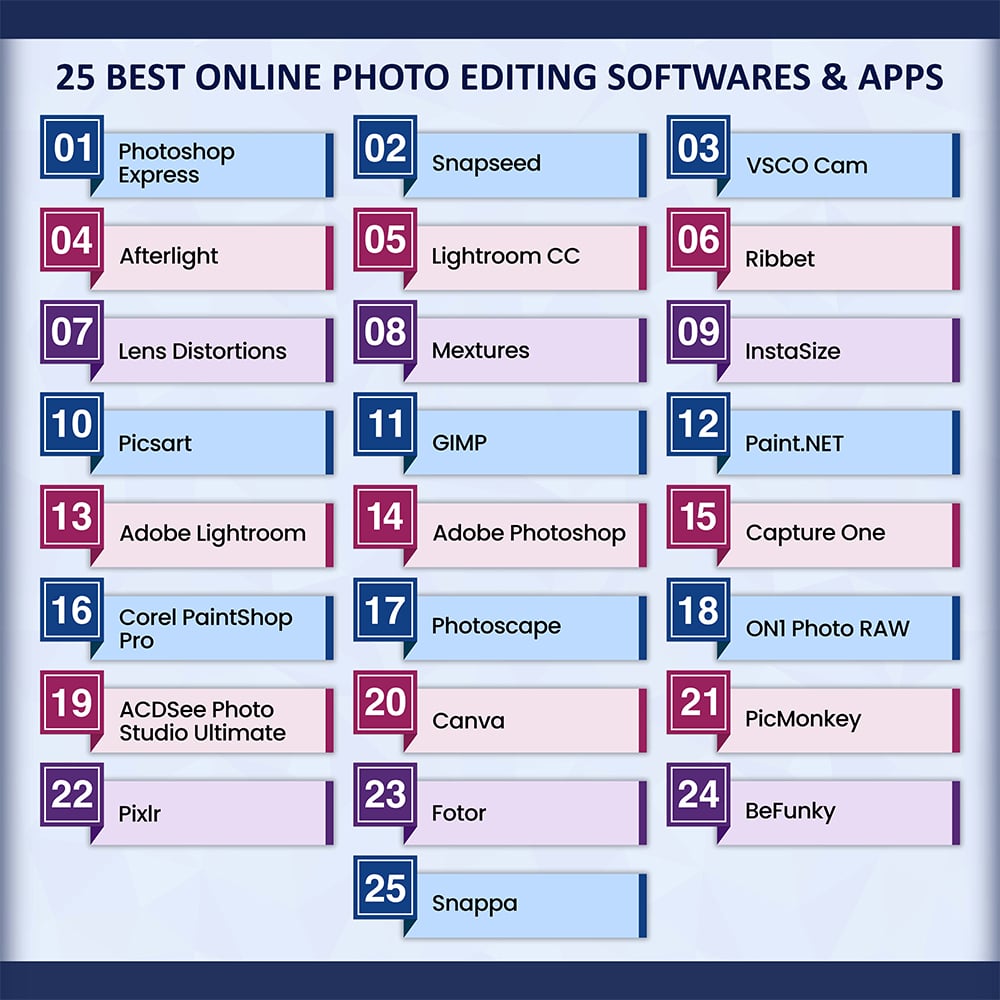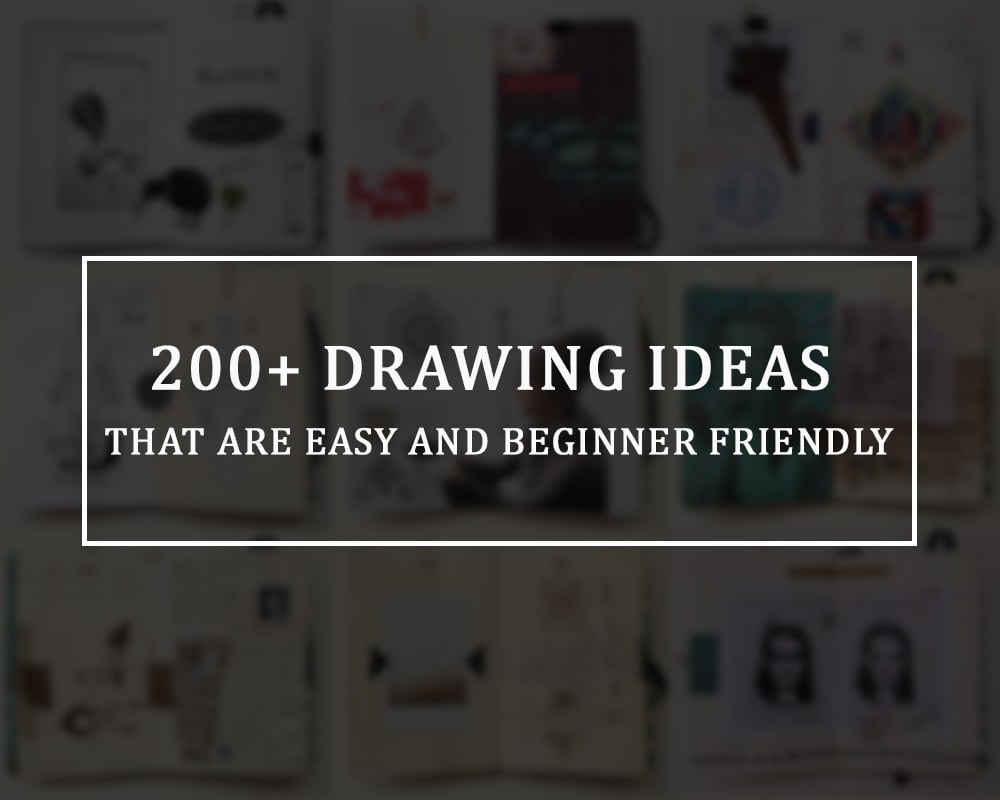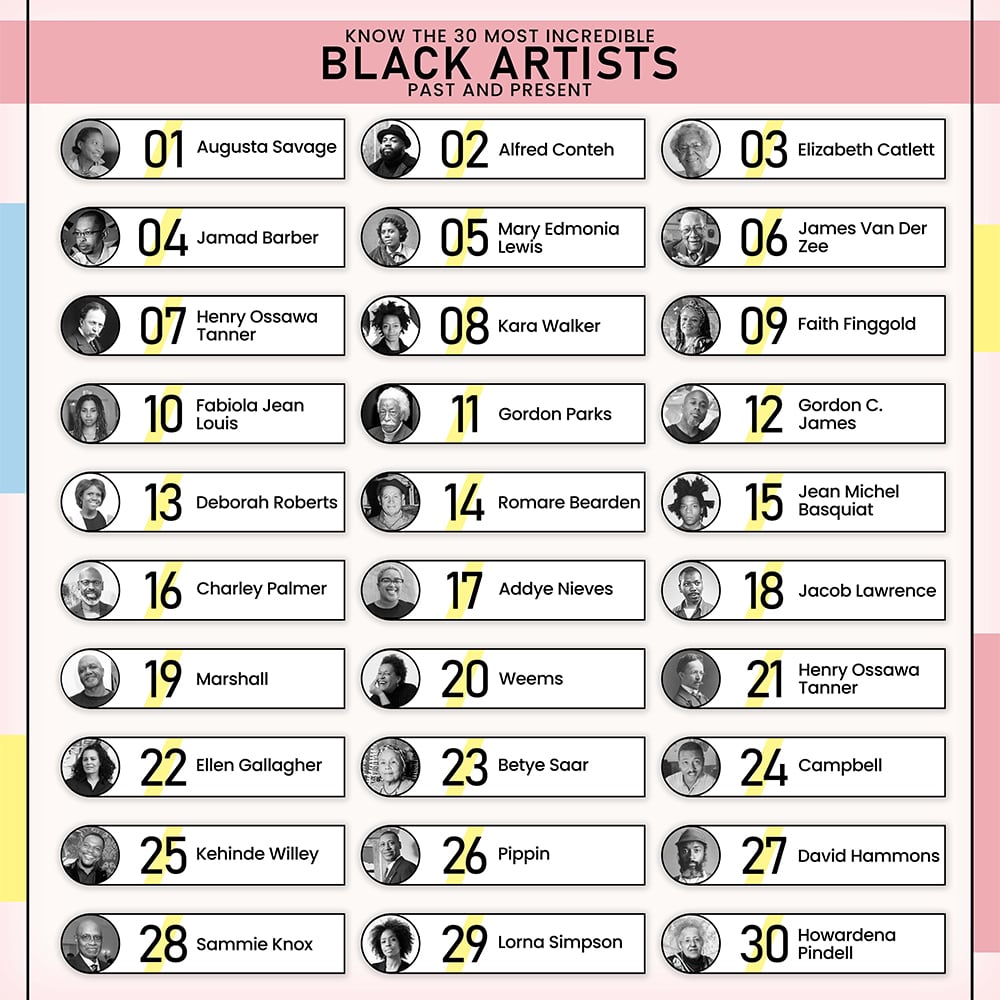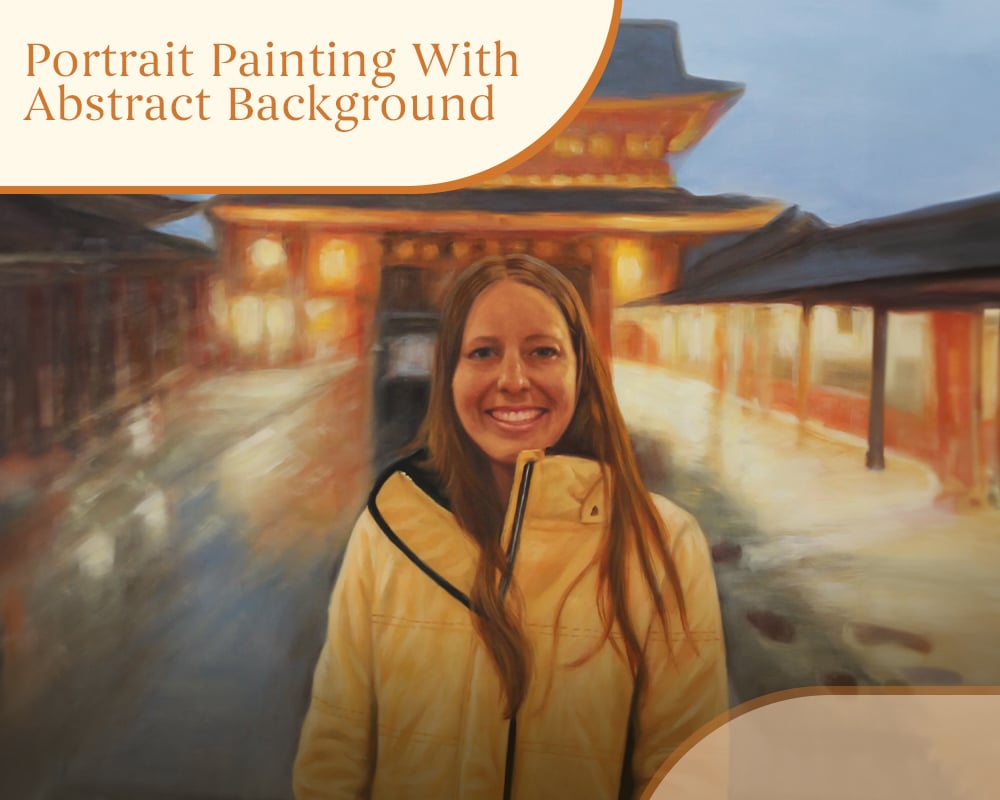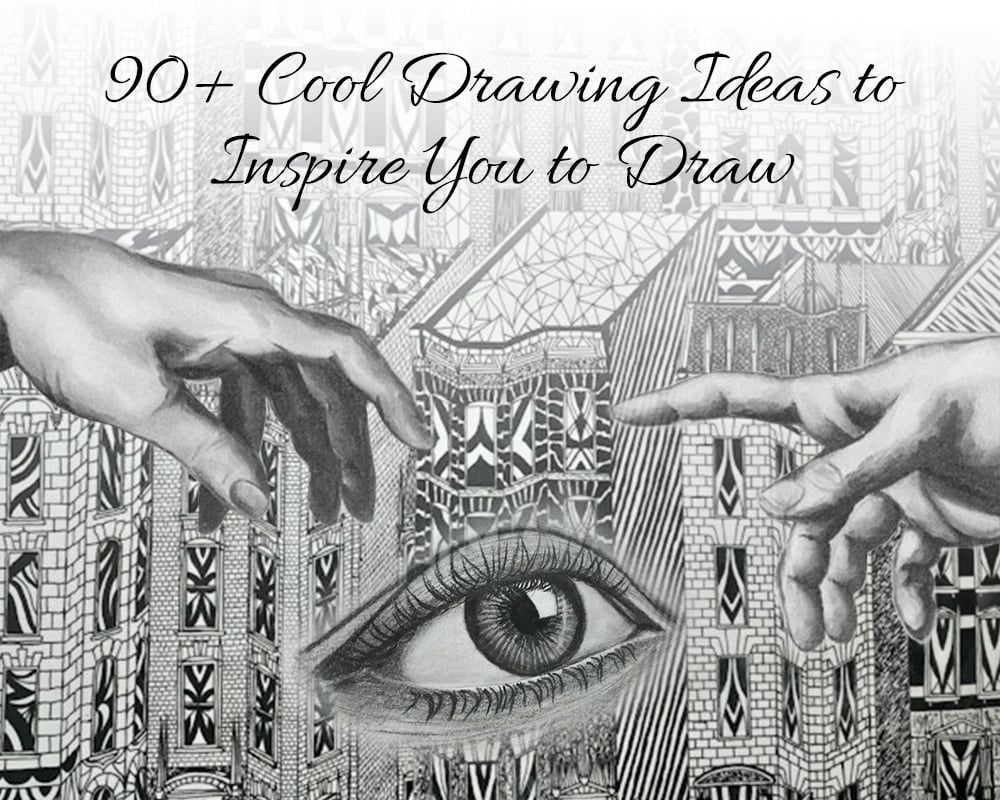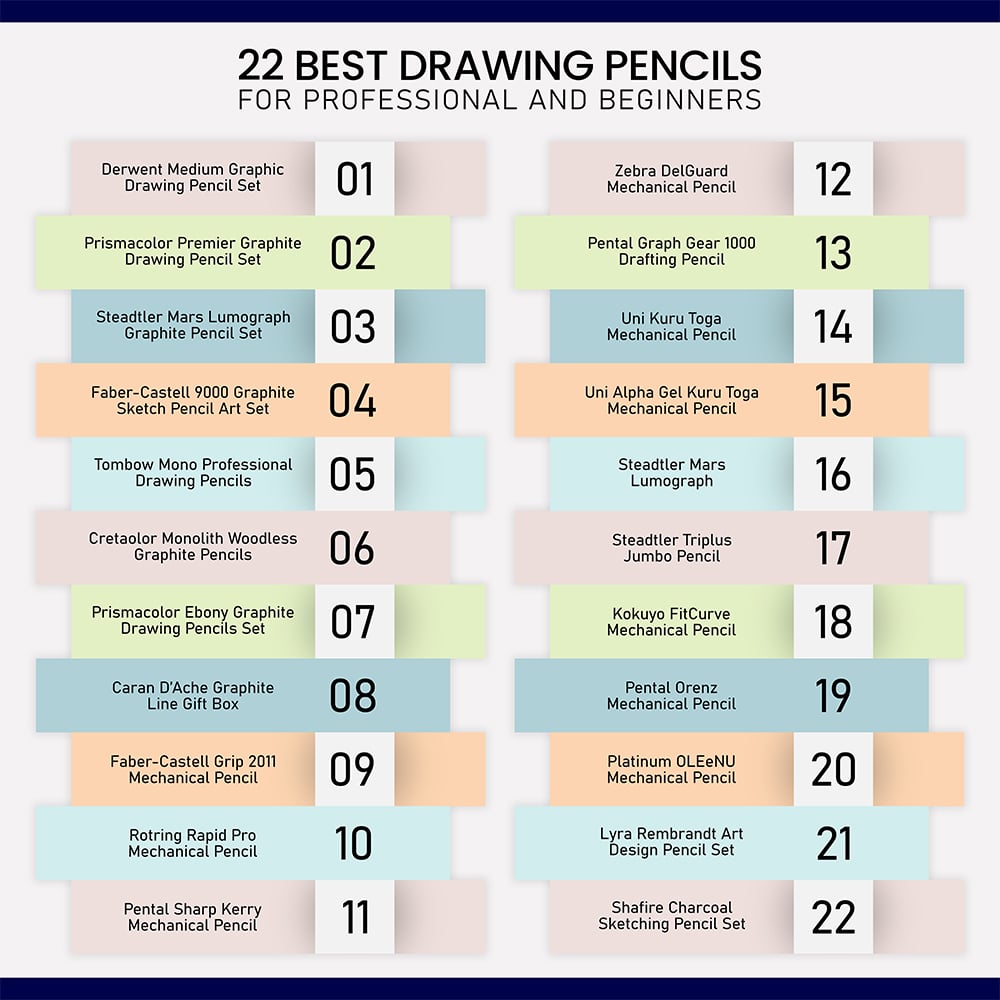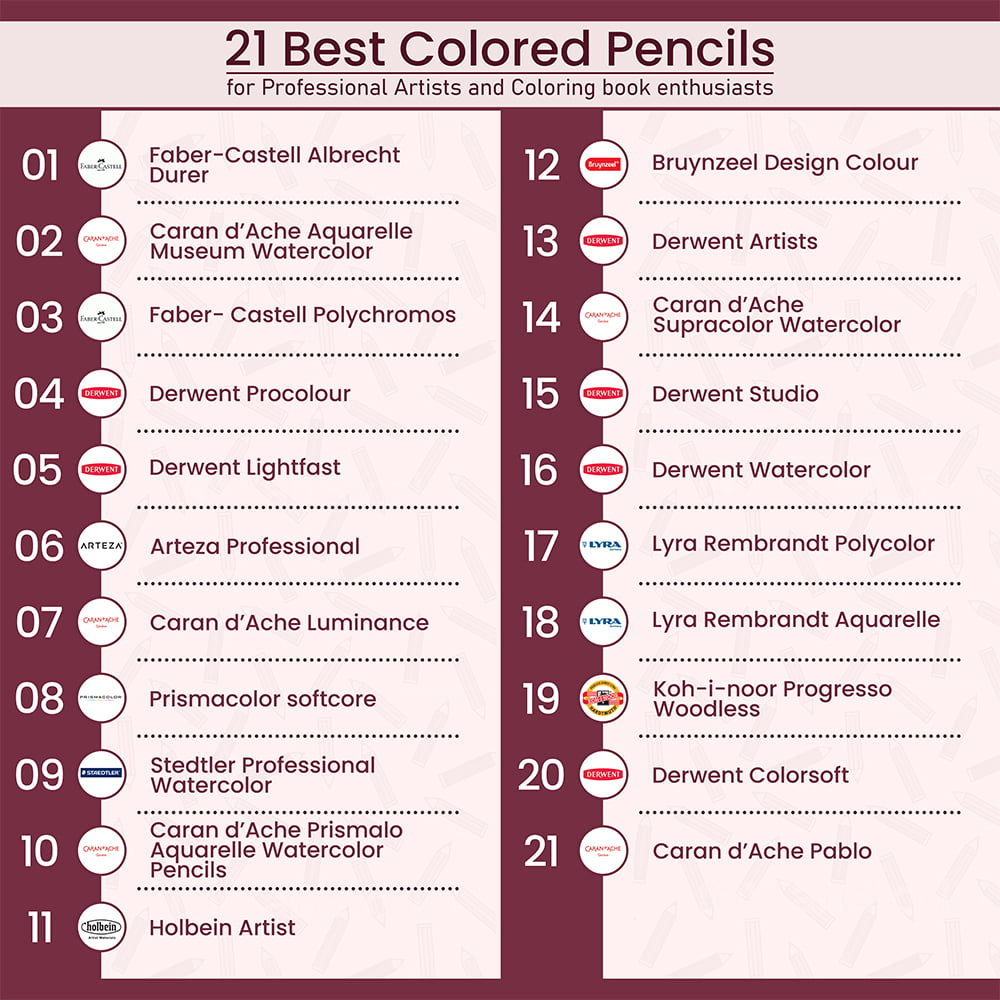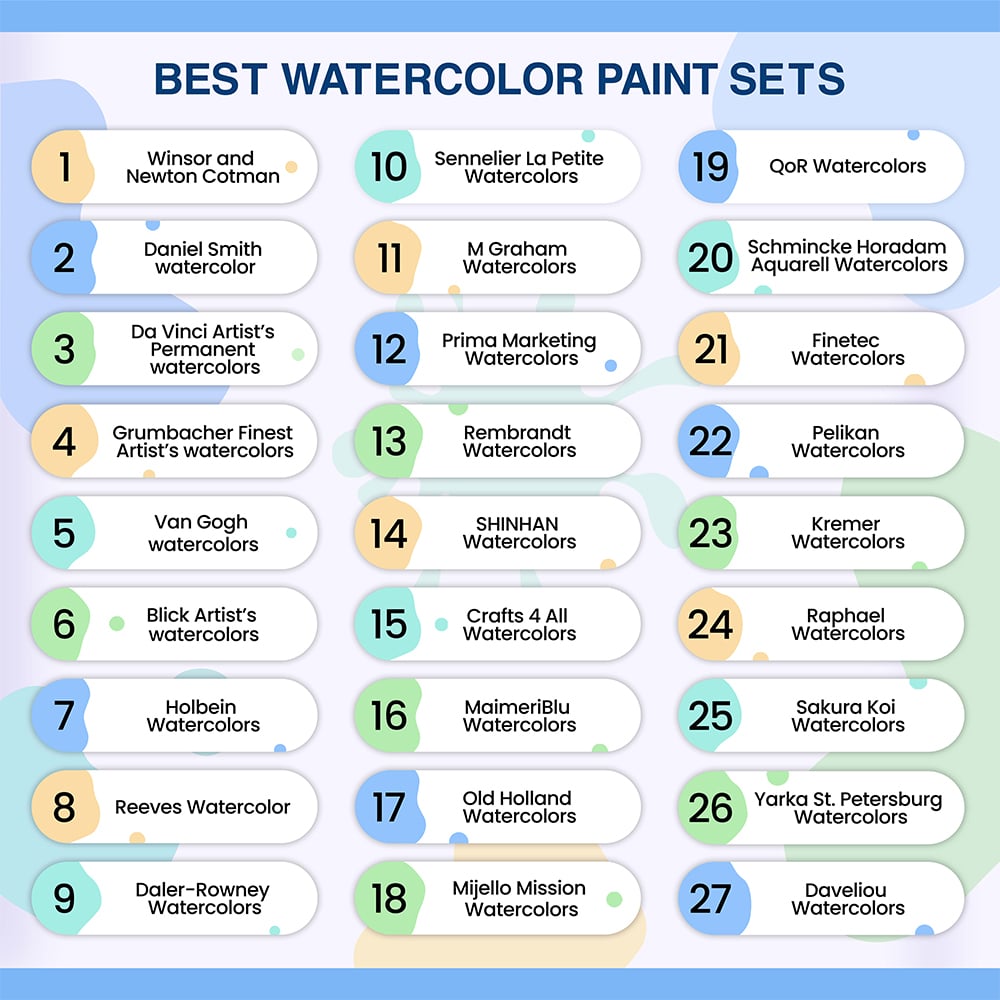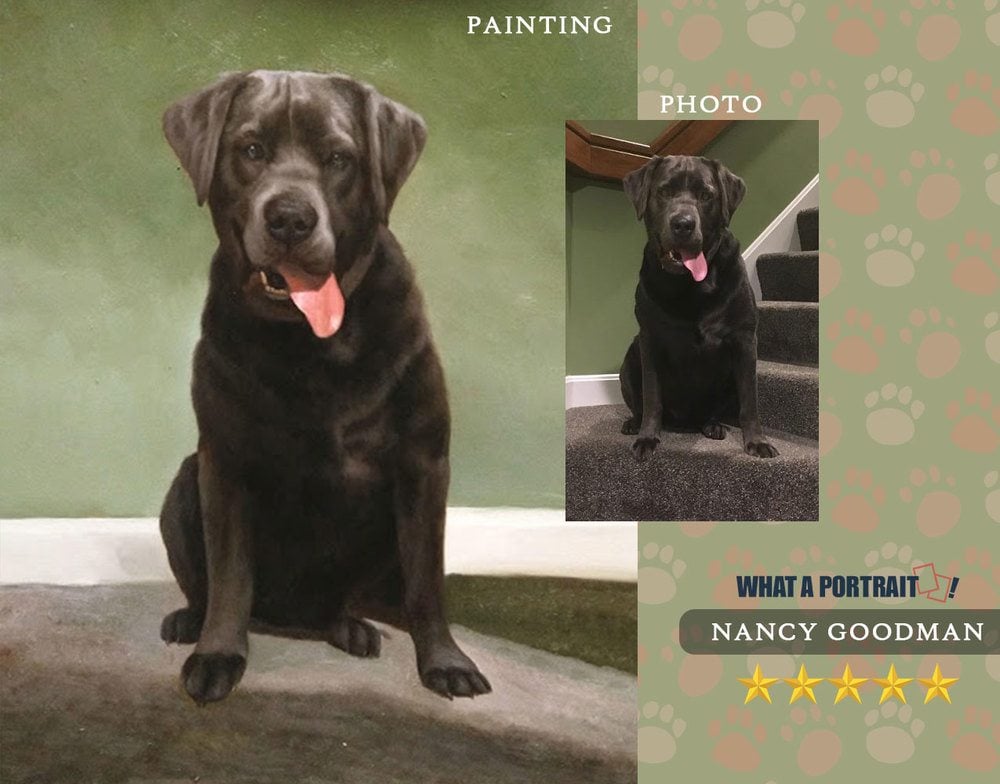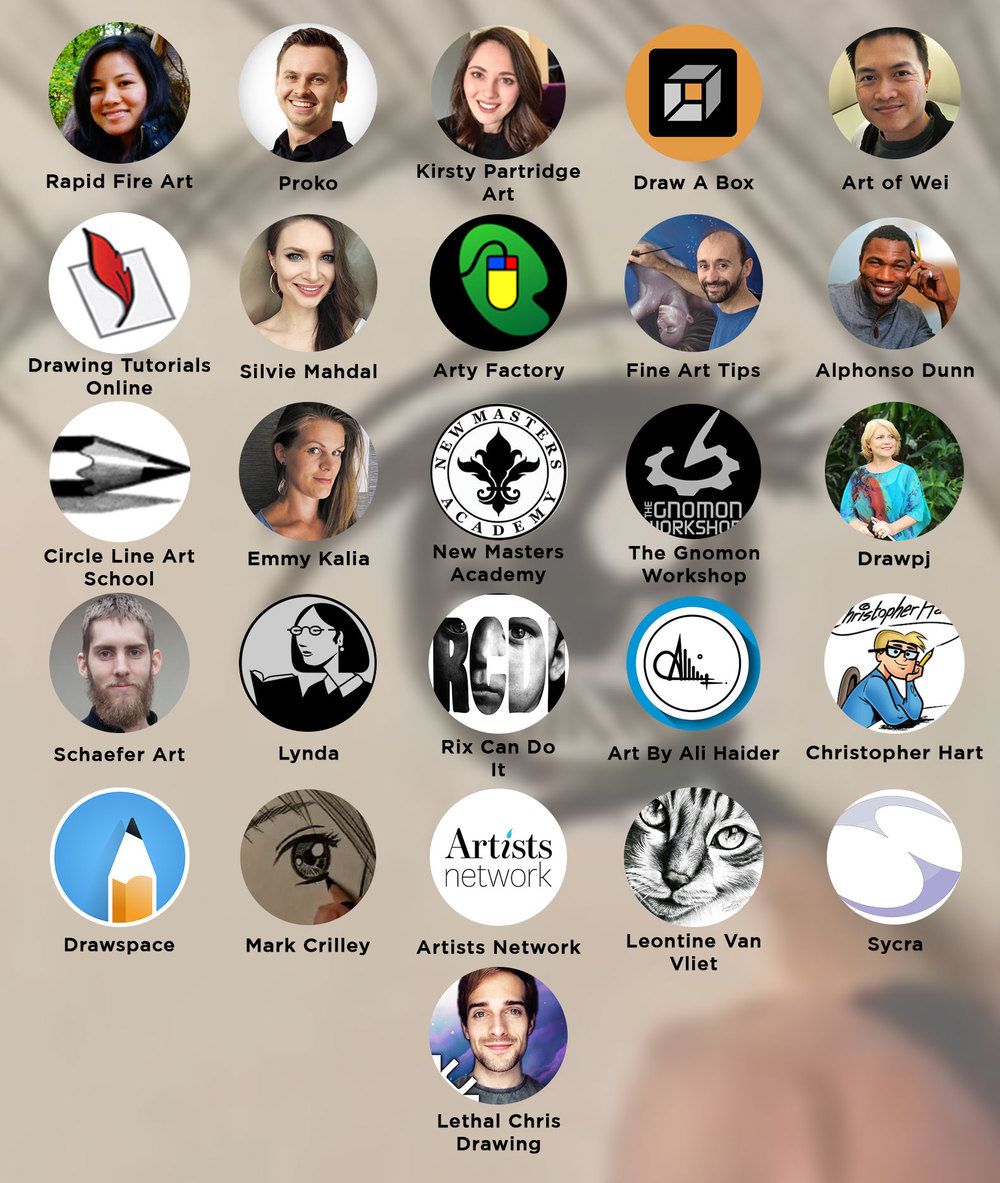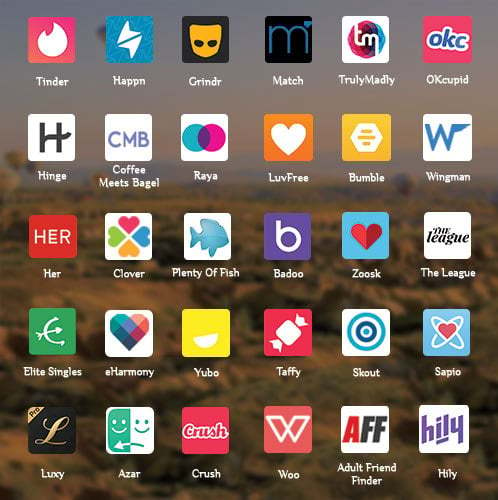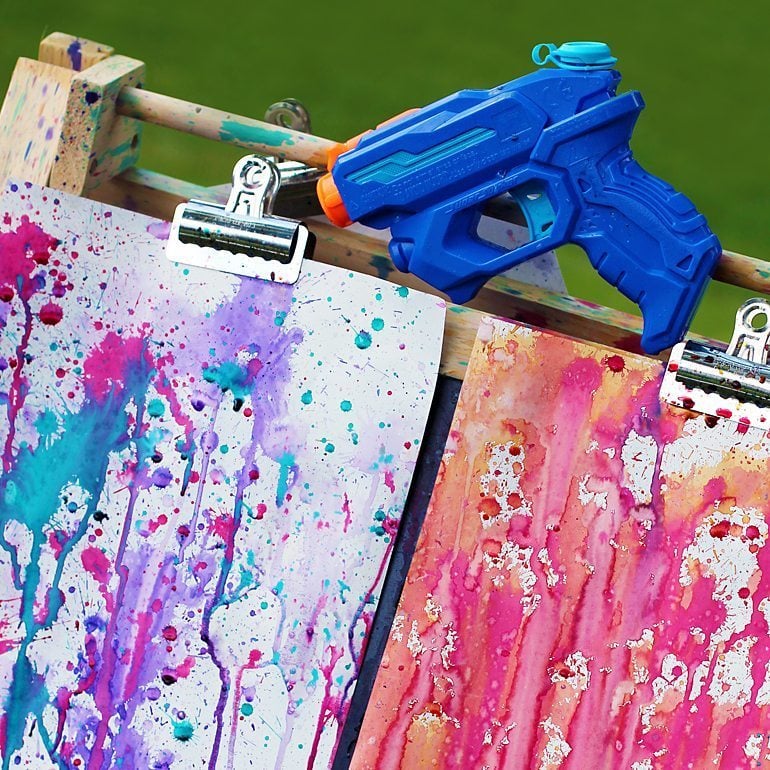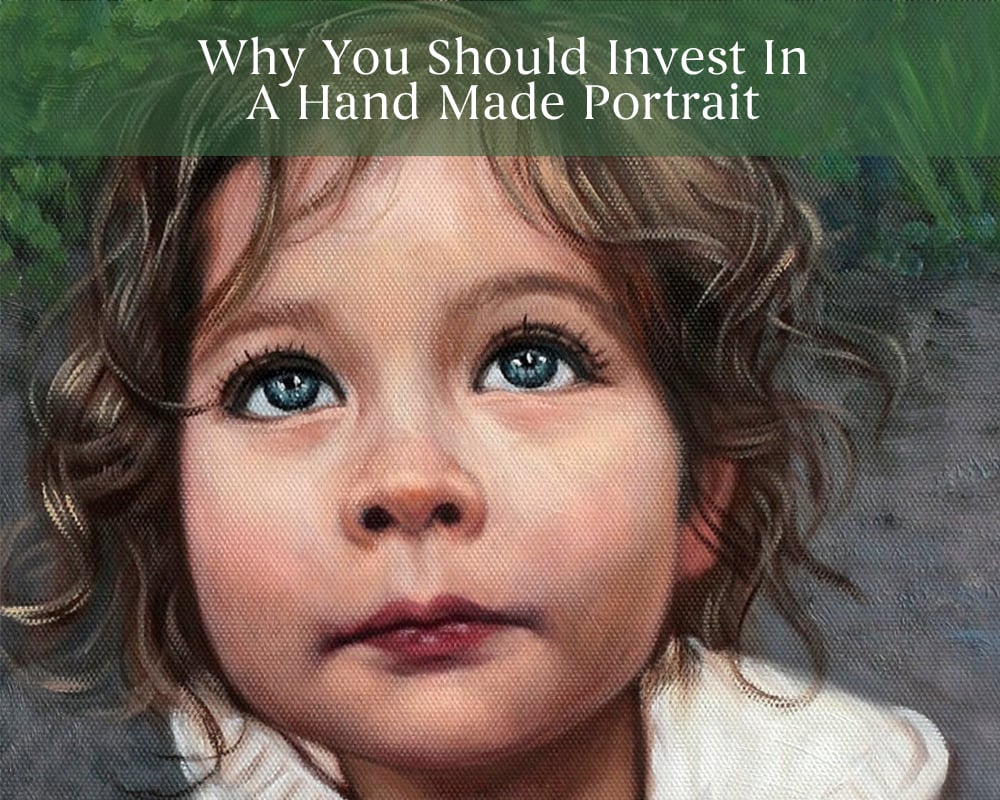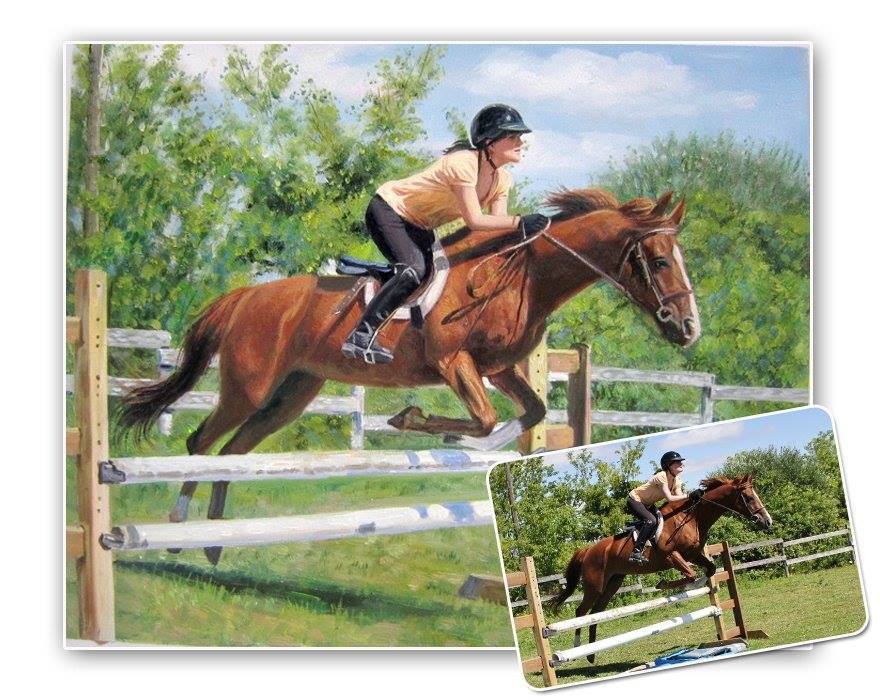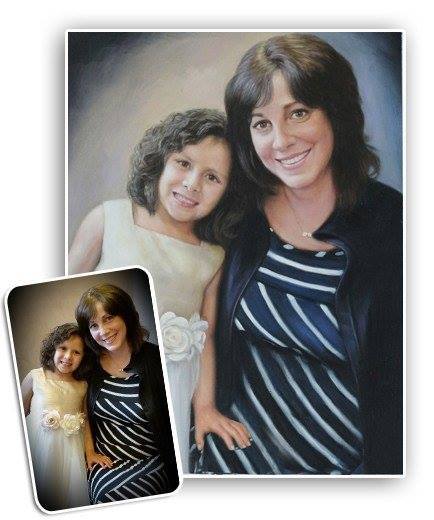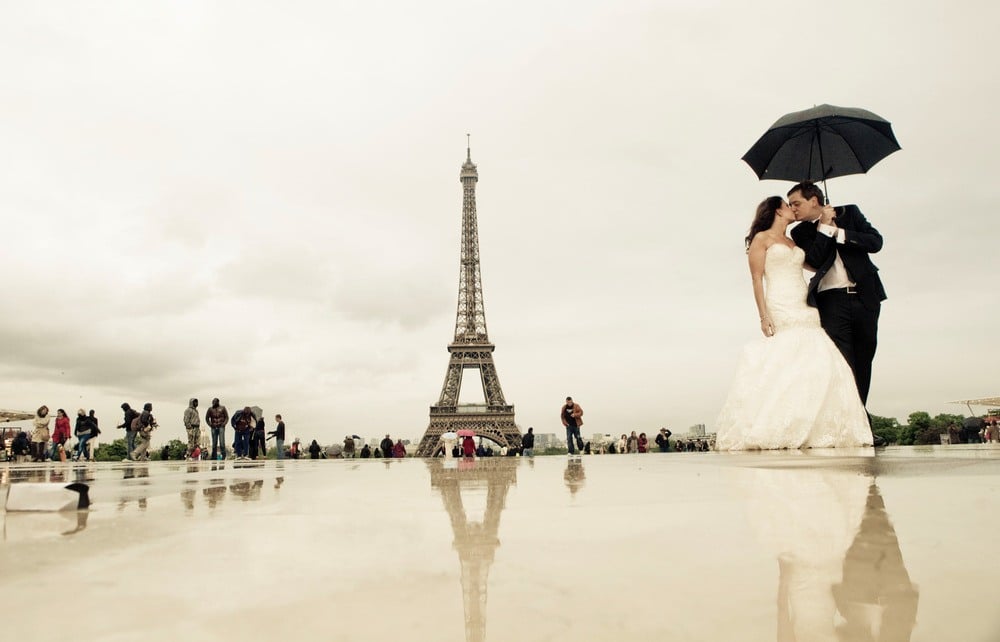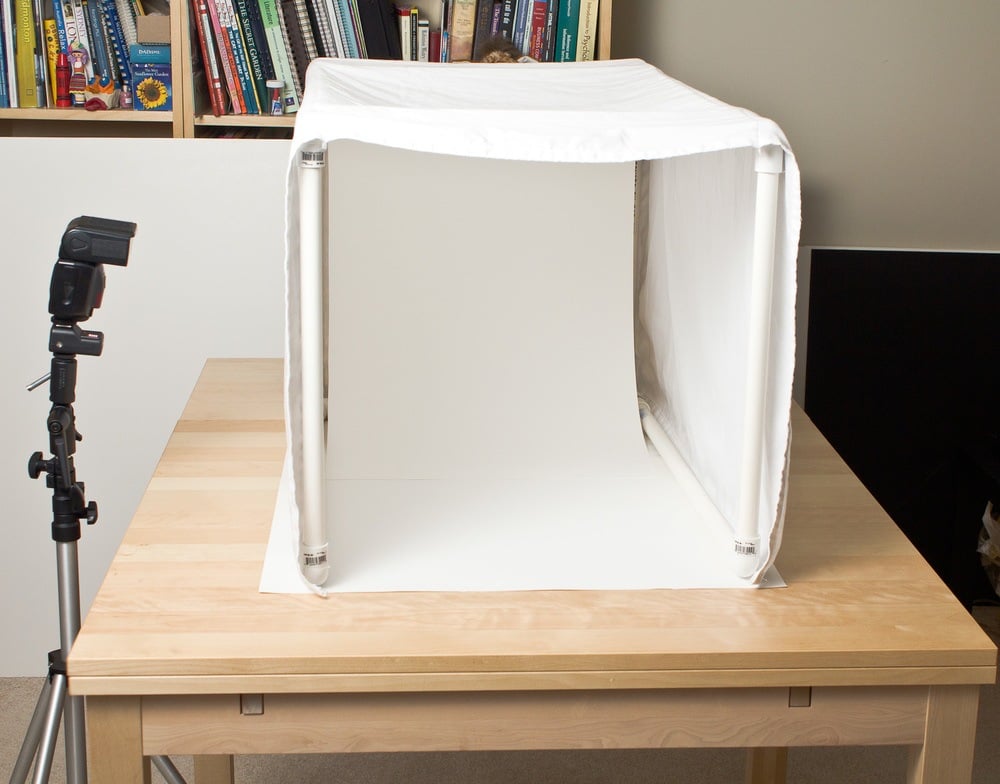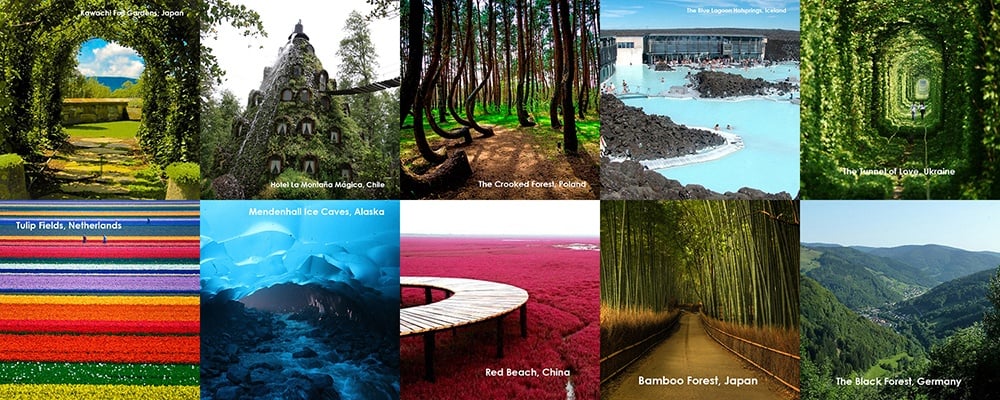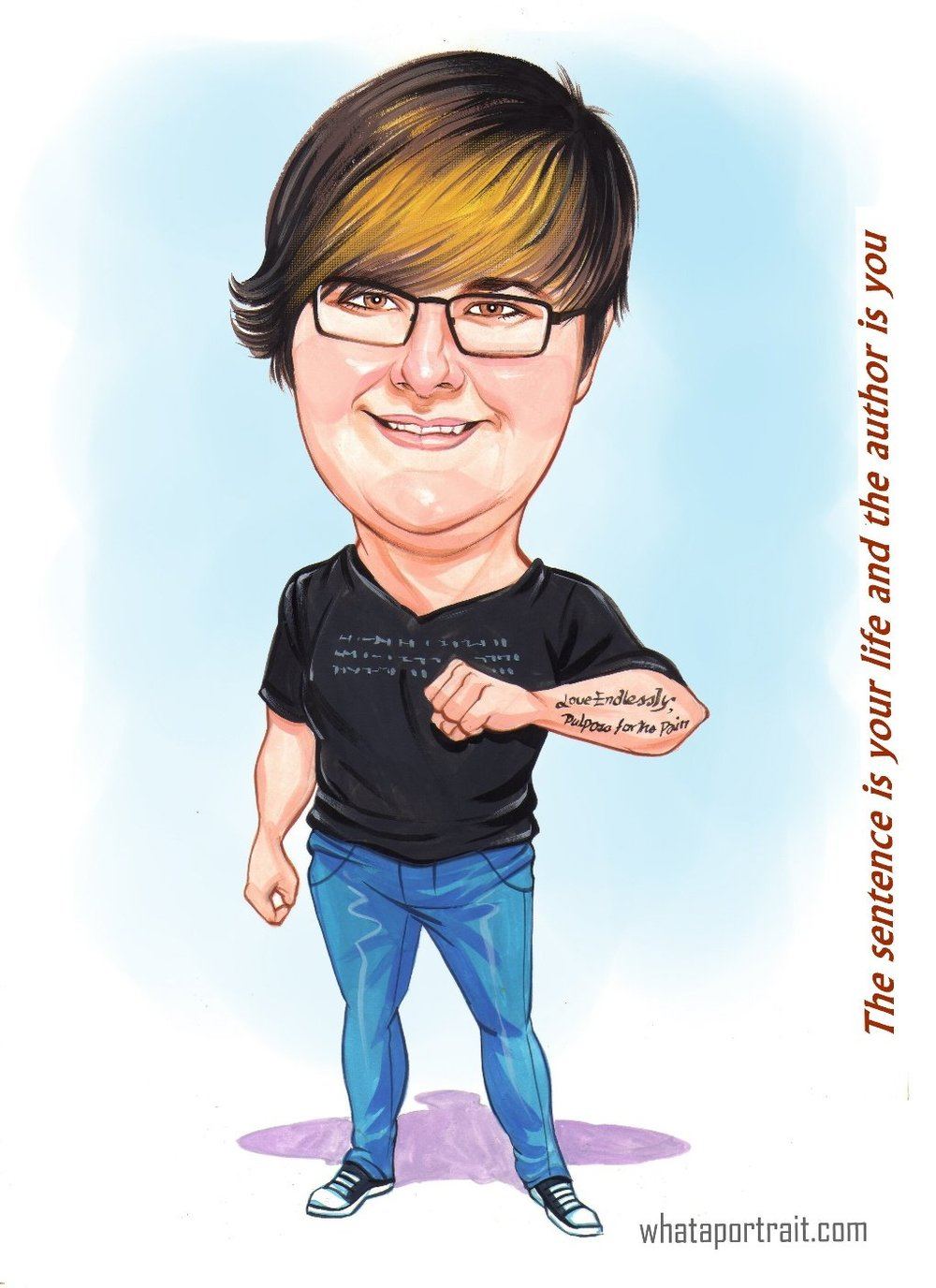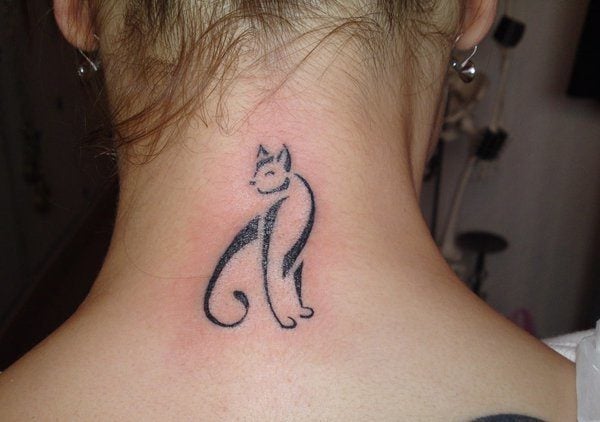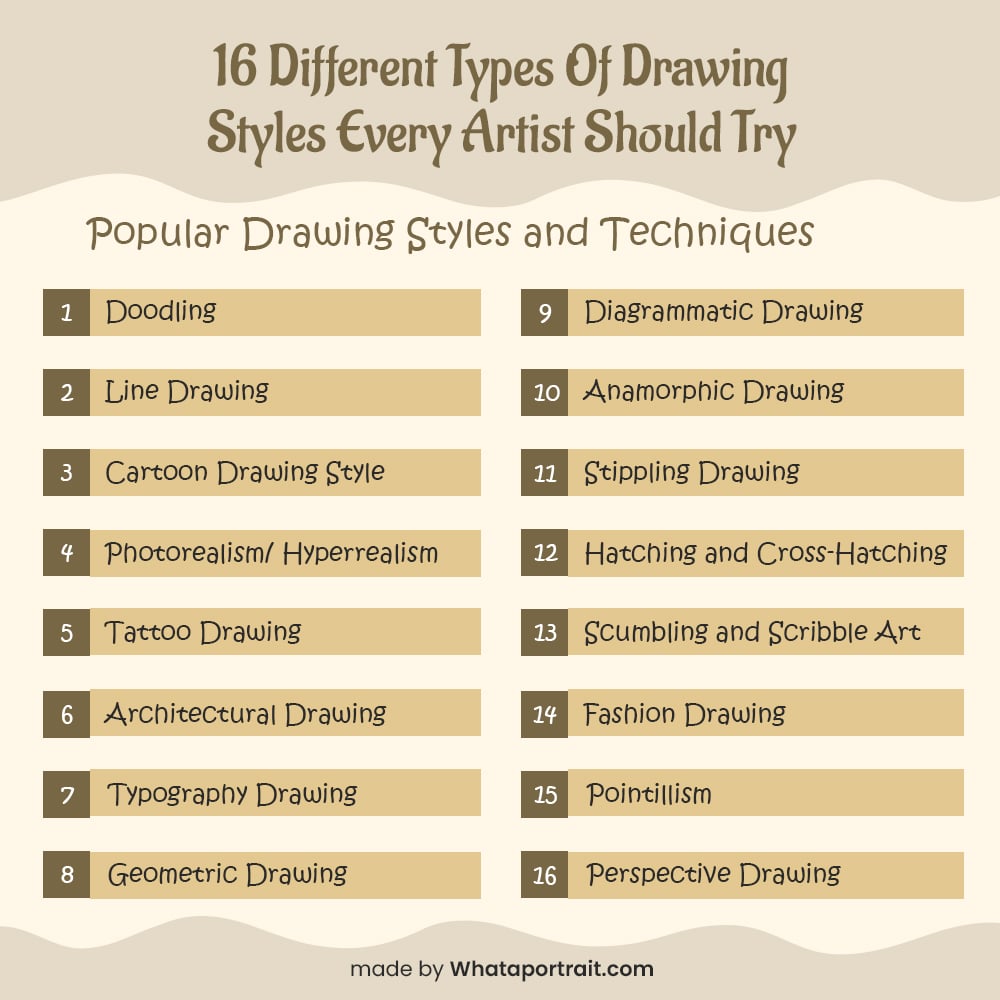
Table of Content
The fun thing about art is that there isn’t just one way to do it. There are 7 art forms- painting, sculpture, literature, music, dance, poetry, and architecture. If you struggle with painting on canvas, perhaps digital drawing is for you. Cartoon drawings could be your art style if realistic sketches seem of reach. Luckily, there are 16 main drawing styles that you can explore as you begin your art journey.
Popular Drawing Styles and Techniques
You can create using everything from charcoal to chalk, paint to crayons, or apps like Procreate. There are innumerable drawing styles to choose from. This choice depends on your preferred tools, the medium you are most comfortable using, and the purpose of your creation.
Additionally, consider your existing set of drawing skills when picking an art style. However, whether you’re new to the art world or an experienced creator, you should try experimenting with different art forms rather than sticking to one. Even Leonardo Da Vinci practiced multiple art styles!
Here are 16 popular types of drawing styles to test if you’re curious about the different ways you can create art.
Doodling
Doodling has the reputation of being an informal, mindless activity that people do on the notepad margins when they’re bored in class or a meeting. But even so, it is a beautiful type of drawing style that can create elaborate patterns, designs, and sketches.
Doodle drawings can be a relaxing way to let your subconscious express itself freely. Even absent-minded doodling can reflect the mind’s inner workings and impressions of the external surroundings. Most talented artists practice their skills and let their creativity and emotions flow through doodling. This is something they have likely been doing since childhood! It is an easy and popular drawing style that has been around for ages and is now even a trending art form among many brands.

Credit: Kerby Rosanes on Twitter
Doodles are usually quick and spontaneous, typically scribbled with a pen or pencil using simple lines and shapes. There are no limitations to doodling with an app, either! Doodles can be detailed and professional or used to make rough drafts and explore different drawing styles.
Line Drawing
If you’re just starting out, line drawing is the perfect technique to try. It involves creating images out of simple curved lines and contours without any complicated shading. It can be a quick and basic drawing that does not require the expertise of advanced art techniques.
Different types of line drawings are there based on the kind of lines used. This includes geometric lines, natural lines, actual and implied lines, and so on. Continuous line drawing can be intriguing if you want to take on the challenge one notch higher. It involves creating a line drawing without letting the pen or pencil leave the canvas, forming an image using a single continuous line.

Credit: Picasso
Pablo Picasso’s artwork from the early 20th century using the continuous line drawing concept is widely popular. He used a limited number of lines to create elegant drawings. The idea is relevant even now, and you can see it trending in social media or designs of aesthetic tote bags or t-shirts.
You can learn where to place the lines for the best visual result by grasping the importance of angles and curves. In this way, line drawings can produce a quick and pleasing work of art.
Cartoon Drawing Style
A cartoon drawing style can allow you to let go of the expectations that come with a hyperrealistic drawing. You don’t have to stick to facts; cartoons generate room for exaggeration and semi-realism. Cartoon drawings are often adorable, amusing, and simple, yet powerful enough to carry stories and messages.
Different types of popular cartoon drawings may be appropriate for various purposes. The pictures in a newspaper comic strip might not be similar to the style employed in a children’s book, anime or manga, or graphic novel. For instance, a political caricature drawing may be satirical, whereas a children’s illustration might be cute and quirky.

Credit: Thushara Varghese at Behance
Typically, an artist makes a cartoon drawing using bold, vibrant colors and lines, simple shapes, and overdramatized features. An example of this could be your favorite cartoon character’s eyes popping right out of their eyes in shock! It’s not realistic, but it is impactful. Some consider caricature drawing to be a part of this cartoon drawing style.
Although it might initially seem like this style is juvenile, it need not be so. Many professional illustrators produce work in the cartoon drawing style for magazines, animations, marketing, etc. But, usually, this style does have a light-hearted and humorous quality.
With no pressure to be realistic, cartoon drawing styles can give you the artistic license to let your imagination run wild. They allow you to create fictional characters who can do anything and have any characteristic, no matter how supernatural.
Photorealism/ Hyperrealism
Creating a super realistic image that is as close to actuality as possible requires days of hard work and some advanced artistic capabilities. This art drawing style includes meticulous details that require a lot of patience and dedication. There might be a need to edit and revise the work multiple times to achieve a realistic, beautiful sketch.
Often, this style starts with rough sketches that attempt to recreate a real-life photograph or situation. To make the image as similar to the picture as it can be, there should be a thorough study of the minute details of its subject. Artists from art services like Genuine European Portraits create these complex and intricate paintings through techniques of shading, shadows, and contours.
Typically, this kind of accuracy is desired in portrait drawings. But it is not limited to it. We can see this realistic drawing style in creating visuals of nature, landscapes, cities, etc. If you have a sharp eye and can persevere, you can try creating such life-like drawings.

Tattoo Drawing
Tattoos are a form of self-expression and being in style. Tattoos started as a punishment in ancient Rome and Greece. Now it has evolved into a popular form of embellishing our bodies!
Although they can be realistic, calligraphic, cartoonish, or any other type of drawing style. Regardless, they are all usually elegant, trendy, and chic. Whether the picture includes detailed designs or simple patterns, tattoo artists tend to sketch them out on paper before jumping onto the needle.

Credit: Nick Imms
Being a tattoo artist naturally often requires you to be capable of using a needle on someone, in addition to having artistic qualities. But some tattoo artists don’t directly work with needles and flesh. Instead, they create the drawing on canvas, which they might convert into a stencil used to permanently etch on someone’s skin.
While some tattoo drawings may have a meaningful connection to someone, others may just have an aesthetic purpose. Several unique tattoo drawing styles exist, so whether to be elaborate or minimal is up to you. If you're looking for a personalized touch, you might even consider commissioning a custom drawing from a photo as the basis for your tattoo design.
Architectural Drawing
The architectural drawing style might appear technical. But, you don’t have to be an architect to create perspective drawings of buildings and construction designs. These drawings attempt to showcase the precise proportions of the elements in an architectural layout. Artists achieve this through maximum accuracy of details.

Credit: Minty Sainsbury on Instagram
An architectural drawing can be based on a photograph or actual building structures, or the artist’s imagination. The artist should have good 3-D perception skills, be precise, and pay attention to details. They should also understand measurements, scale, and volume.
Since they are almost like diagrams, they can be helpful technical tools for planning or modifying construction plans. These technical drawings may also have annotations and specifications jotted down on them. However, technical experts need not be the only ones creating architectural drawings for their work. It can be its own drawing style for artists to explore.
Typography Drawing
Typography may have less to do with drawings and more with lettering, fonts, wording, and typefaces. It is an essential aspect of graphic design, especially regarding marketing, web design, and creating brand logos or decorative invites. Sometimes typography can be seen in street art styles such as graffiti.
If you are working with paper rather than using digital software, it helps to learn how to use ink with precision. The artist can creatively examine different methods to write words in a pretty, stylish, and bold way. So, mix and match typefaces to find the perfect combination of designs. This can help you produce visually stunning written art pieces.

Alex Truchot for M.A.C
For example, you could write a word and draw pictures within the letters or draw a picture using letters. For this, you can use letters of the word that stands for the drawing, as a creative twist! As long as you ensure the contents are legible, there are a million innovative ways to explore typography.
Geometric Drawing
As kids, most of our drawings consisted of images made of geometric shapes. Children can often be seen drawing the typical square house with a triangle roof and a circular sun looming in the sky. Since shapes are involved in everything, geometric drawing styles are more common than you think.
Essentially, geometric drawings combine simple shapes to create well-structured, immaculate artwork. You can make three-dimensional illusions or exquisite abstract patterns by using them in a certain precise way. Meanwhile, we can see a more complex and intricate use of shapes and figures in geometric portraiture. You can try this drawing style digitally or using a pen or pencil.

Credit: Elyse Dodge
Merely understanding fundamental geometric shapes leads to endless possibilities with geometric drawings. Using the geometric drawing style, you can create a background pattern, design a symbolic logo, or draw a real-life subject. Geometric shapes can help visualize the imaginary and the real, leading to bold, captivating images. However, geometric art techniques are more dominantly used by professional graphic designers, architects, and engineers to create technical drawings, rather than regular artists.
Diagrammatic Drawing
Diagrammatic drawing styles are ordinarily used for technical purposes in the science and engineering field. They simplify and explain perplexing concepts. However, they can also be considered detailed and realistic works of art. Annotations and labels that describe each of its parts usually accompany Diagrammatic drawings.
Meticulous artists with extraordinary observational abilities can draw diagrams in accurate detail. Having some technical know-how of the anatomy of things can help avoid mistakes! Ultimately, the objective is to communicate how something functions using clear and precise lines correctly.

Credit: Designs by Duvet Days
The subject of diagrams are usually living beings, design blueprints, product descriptions, etc. For example, a human anatomy diagram can teach the viewer how the organs operate. Diagrammatic drawings can be a great source of information that helps symbolize your ideas and knowledge while also being a cool drawing style!
Anamorphic Drawing
Anamorphic drawings refer to those 3D optical illusions that you are supposed to view from a unique perspective. In this drawing style, artists deliberately distort visuals and patterns to create depth and make it look like it’s leaping off the screen or page. This drawing style can be dated back to Leonardo da Vinci's works!

Credit: Istvan Orosz
Unless viewed from a particular angle, the entire image of the anamorphic drawing might appear messy. But from this specific vantage point, which is often a slanted angle, the seemingly chaotic picture forms a cool 3D drawing. This drawing technique can be challenging for the artist and the audience. You must use your technical grasp on perspective, estimating measurements, and foreshortening to make anamorphic drawings.
Stippling Drawing
This style of drawing was born during the Renaissance under Guilio Campangola’s influence. It involves creating images by darkening the page with tiny dots. Unlike pointillism, which may use different colors, stippling drawings stick to a single tone.
These drawings can also take time and patience since, typically, the aim is to create realistic drawn pictures through shading, texture, and details. Like any other work of art, it starts with an outline and is later filled with dots in different gradients.

Credit: Rob Christensen
The artist is free to explore the thickness of the dots, the distance between them, etc., to vary the depth and shadows in the artwork. Thick dots that are close together can lead to dark shades, and small, widespread dots can lead to lighter shading.
You can try this cool drawing style using any medium. But, a sharp graphite pencil or fine ballpoint pen can achieve the best results and precision when it comes to stippling sketches.
Hatching and Cross-Hatching
The hatching drawing style involves making a picture using several adjacent parallel lines. Like stippling, it’s possible to create an array of shading effects by varying the size and number of the lines and the distance between them. In cross-hatching, the lines meet and cross each other instead of being parallel.

Credit: Bren Luke
Often, one does hatching and cross-hatching together, layering the lines. Closely spaced lines may create dark shadows, whereas further apart lines develop a lighter tone. Although it started in the middle ages, this art style is evergreen.
It can be the perfect drawing style to master shading and texture, as you can easily control the lines to create depth and gradient. There can be significant variation in tones, translating light effects into the drawing. These are effects such as shadows and silhouettes.
Scumbling and Scribble Art
In concept, scumbling and scribble drawings are similar to those created through the hatching, cross-hatching, or stippling method. However, here we see the use of soft, uneven lines, small rough circles, and other kinds of rough scribbles.
By altering the thickness and intensity of the irregular strokes, you can vary the shades, depth, texture, and gradient. Tightly packed scribbles can lead to dark shades, and loosely spaced ones, lighter pigments. These kinds of spidery scribbles are best done using pastels, fine pens or pencils, or charcoal.

Credit: Liz Y Ahmet
This drawing style like free hand drawing, can help you freely express yourself without too many instruments or rules while at the same time producing a realistic sketch. So even if you just want to doodle in your notebook randomly, scribble art can be a casual yet challenging pencil drawing style to try.
Fashion Drawing
Fashion drawings are primarily made by fashion designers and those in the clothing industry. The fashion drawing style showcases dresses, shoes, handbags, accessories, and other garments on the human body. Since this art style involves drawing wearables on some form of a person’s physique, practicing figure drawing might come in handy. Figure drawing focuses on drawing the human body.

Credit: René Bouché
Typically, these are gesture drawings with multiple roughly drawn light, thin lines. This drawing style also usually involves tall figures doing ‘model poses’ without giving much detail to facial features. This draws attention to the outfit rather than the individual, who is just a figure to display the clothing. There are more complex versions of fashion drawings as well.
Pointillism
The Pointillism style of drawing style emerged post-impressionism. Pointillism techniques involve creating images using tiny colored dots, similar to stippling. But the main difference is that a minimum of two colors and hues are used here. Stippling tends to have only a single tone, typically black.
Like with stippling, you can achieve variations in depth, light, shadows, and texture by playing around with the density and spread of dots. Also, using a small brush to apply color can give you more control over this painting style. Typically, artists use rich contrasting shades to make the dots stand out, but this is a relaxed rule. Choosing content with distinct colors, outlines, and shapes can also be advantageous.

Credit: Maricar Concepcion Ramos
The important thing is to position the dots keeping the overall framework of the picture in mind. Pointillism can be an art drawing style that enables expression and variety. It can turn out realistic with a certain amount of patience and dedication. In fact, some viewers might need to do a double-take to realize that the picture is made of dots!
Perspective Drawing
Perspective drawings prioritize the spatial representation of the picture to create an illusion of depth. Generally, it aims to give the drawing a three-dimensional effect from a linear angle, that is, the image as viewed by the eye. This art style is commonly used in landscape drawings or blueprints, although it works for any object.
Perspective drawing techniques can also help create optical illusions. For example, foreshortening is a perspective method that can produce the effect of depth in drawings. This method refers to the basic understanding that objects closer to the eye appear more prominent than objects placed farther away in the setting.

Credit: Louis Jover
To produce a perspective drawing, mark a simple horizontal line that stands for the viewer’s eye level. Follow this by picking a vanishing point on the horizon. This is the point of maximum distance from the viewer where all the parallel lines intersect. Afterward, draw perspective lines from these vanishing points to the image's main subject.
How Can Artists Develop Their Unique Drawing Style?
There are so many different popular drawing styles to choose from. Thus, the journey to create your unique art style might initially seem overwhelming. But patient experimentation can eventually help novice artists figure out how to express themselves through art in their own way. Here are some points to keep in mind while working on building your unique drawing style:
Experiment :
Trying different art instruments and mediums can help you discover what works best. Start with a basic pen or pencil and gradually move on to something more advanced like oil paint. It’s also important to try different types of canvases or surfaces. But if traditional art styles are not your cup of tea, exploring digital art through drawing apps and designing software is also a good option.
You will likely find a style that works for you through this trial-and-error method. This process could include combining two or more types of art. You could also add a creative spin to any existing drawing style. Combine and play around with different art techniques and concepts. In this way, you can give birth to your own unique art style through the process.
Learn from your favorite artists:
If there’s a particular drawing style or artist whose drawings you enjoy, consume and study their content. If possible, discover their methods and train yourself by practicing their techniques. This habit doesn’t mean entirely copying anyone’s work, but rather, getting inspiration and developing skills by engaging with the knowledge of experienced role models. There might even be online courses or youtube tutorials that can help you gauge the concepts faster.
Practice:
As with any trade or craft, consistently pursuing it is the only way to master it eventually. Start drawing with a basic pencil and slowly move on to more challenging tools and methods. Work on it as often as possible, learning from mistakes and repeatedly trying until improvements occur. Intentionally set aside time to practice drawing until you feel confident in your own unique art style.
Getting into the world of art may not result in perfection from day one, but there are many different drawing styles from which to choose. Repeated trials and constant practice can ultimately lead to good-quality artwork and improved drawing skills. There are many types of popular drawing styles to get creative with throughout this learning process. Keeping in mind your abilities, interests, preferences, and objectives, choose a drawing style that gets your creative juices flowing.



